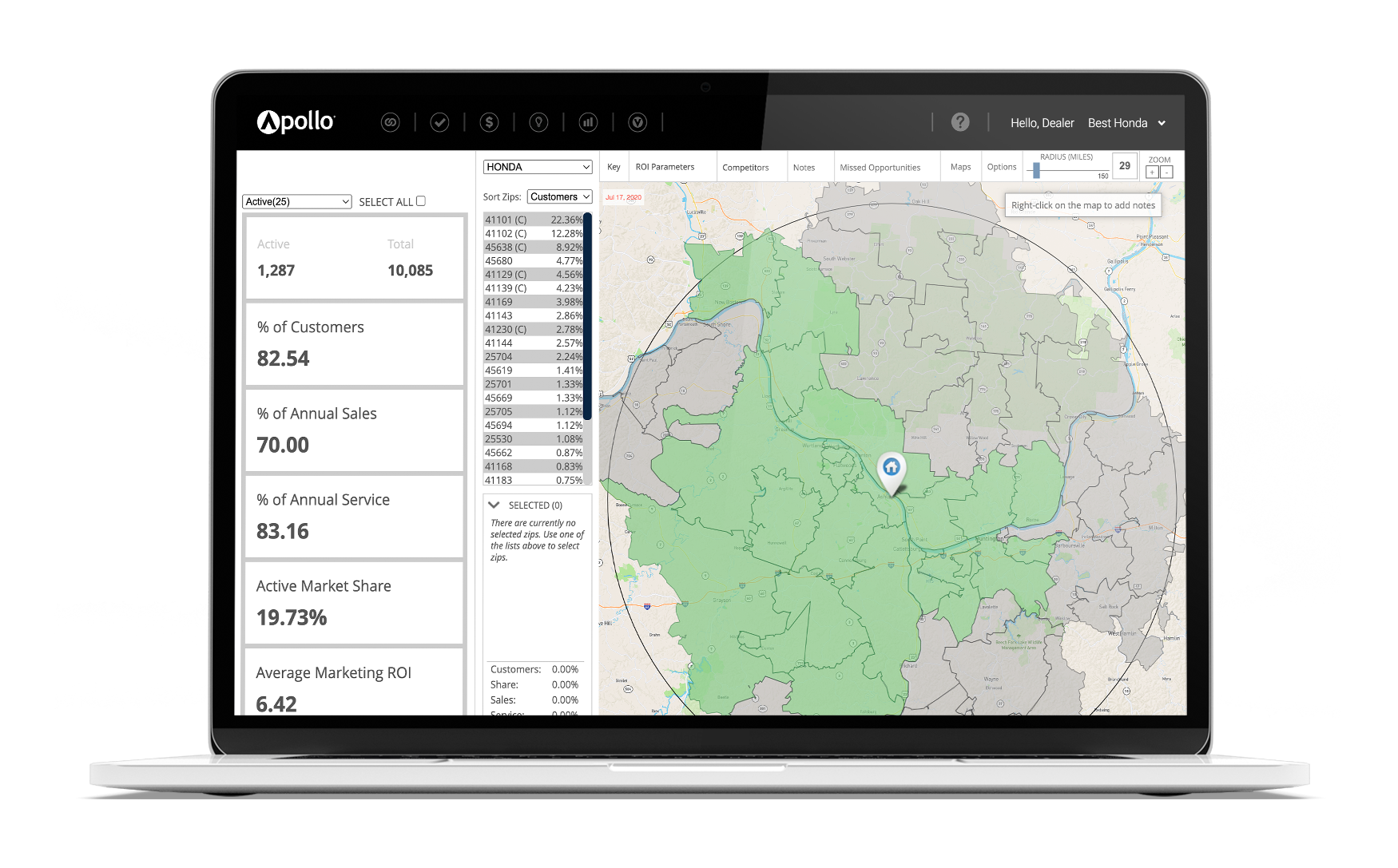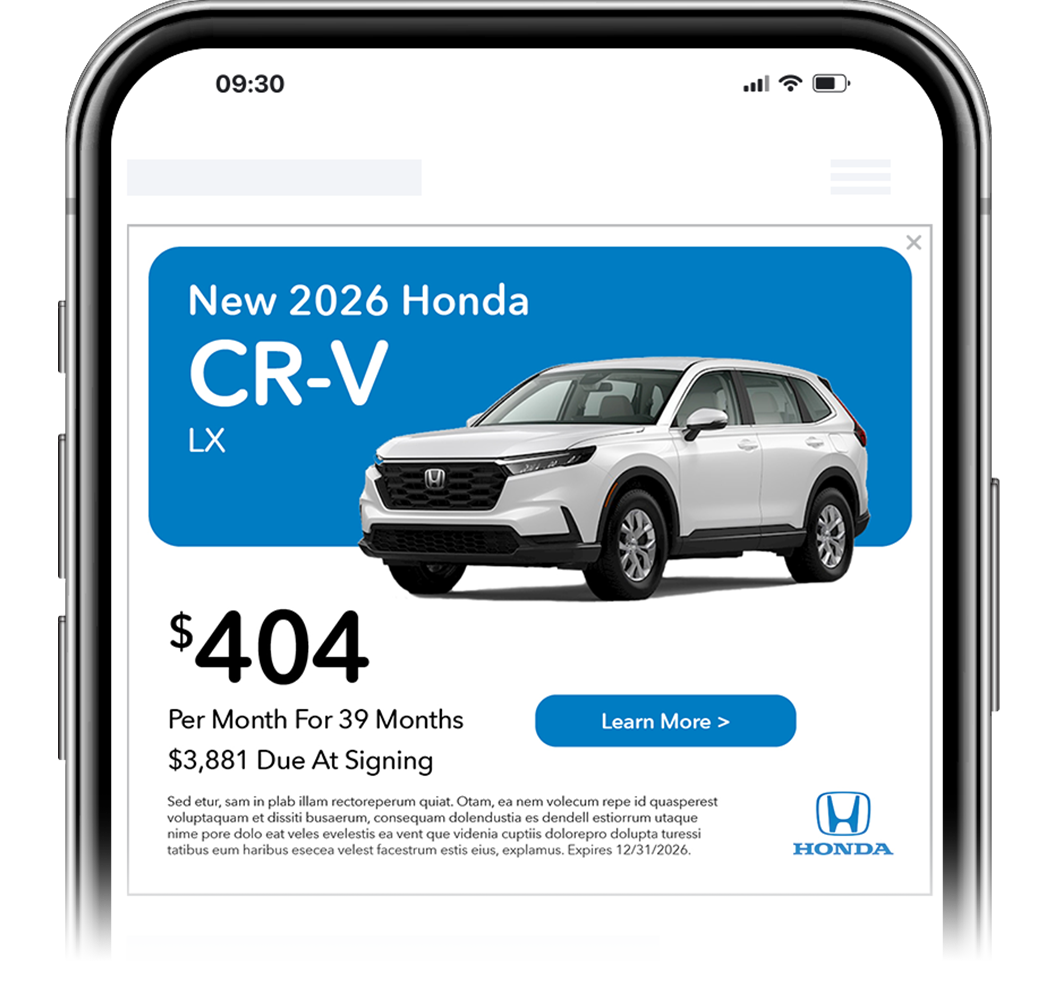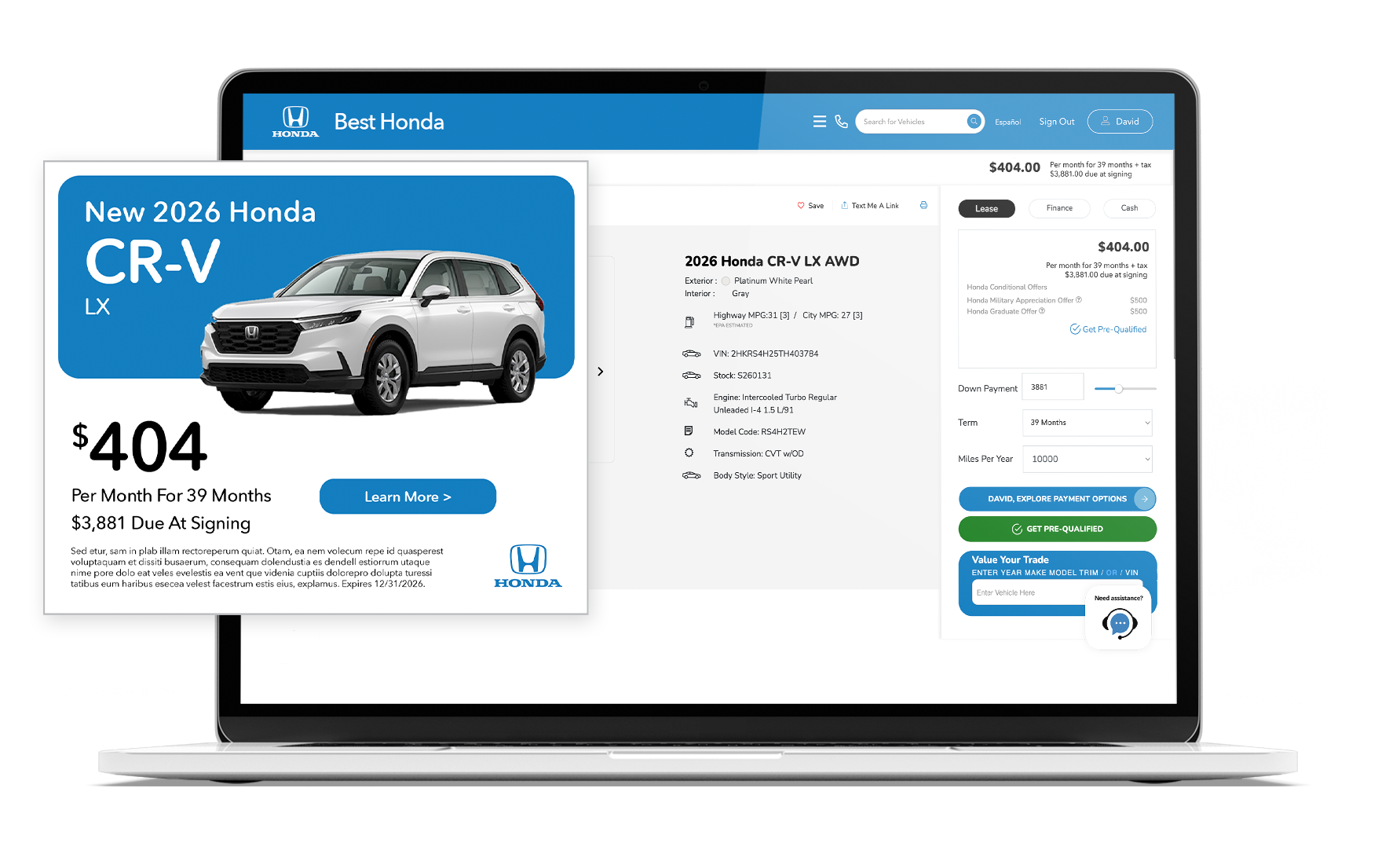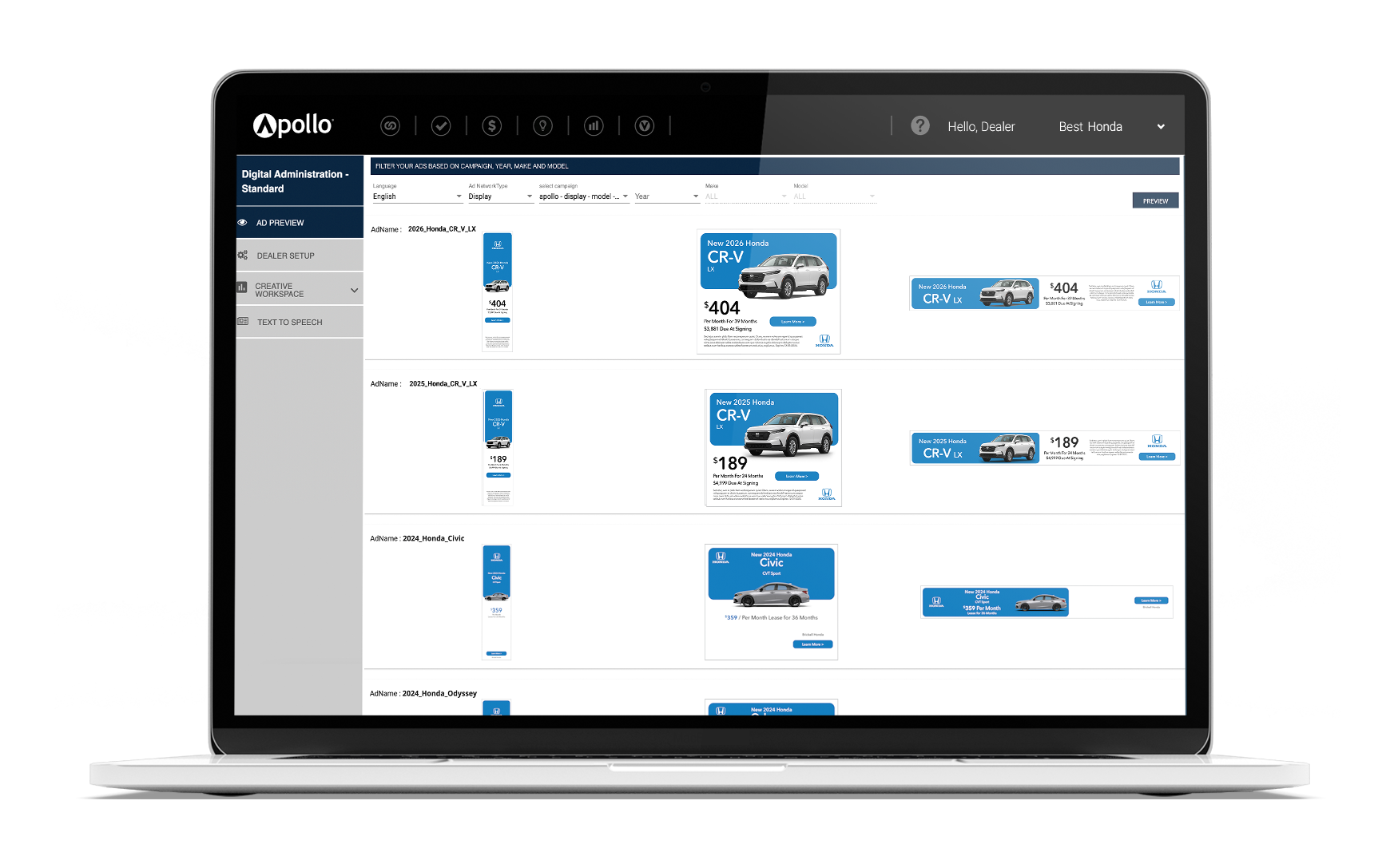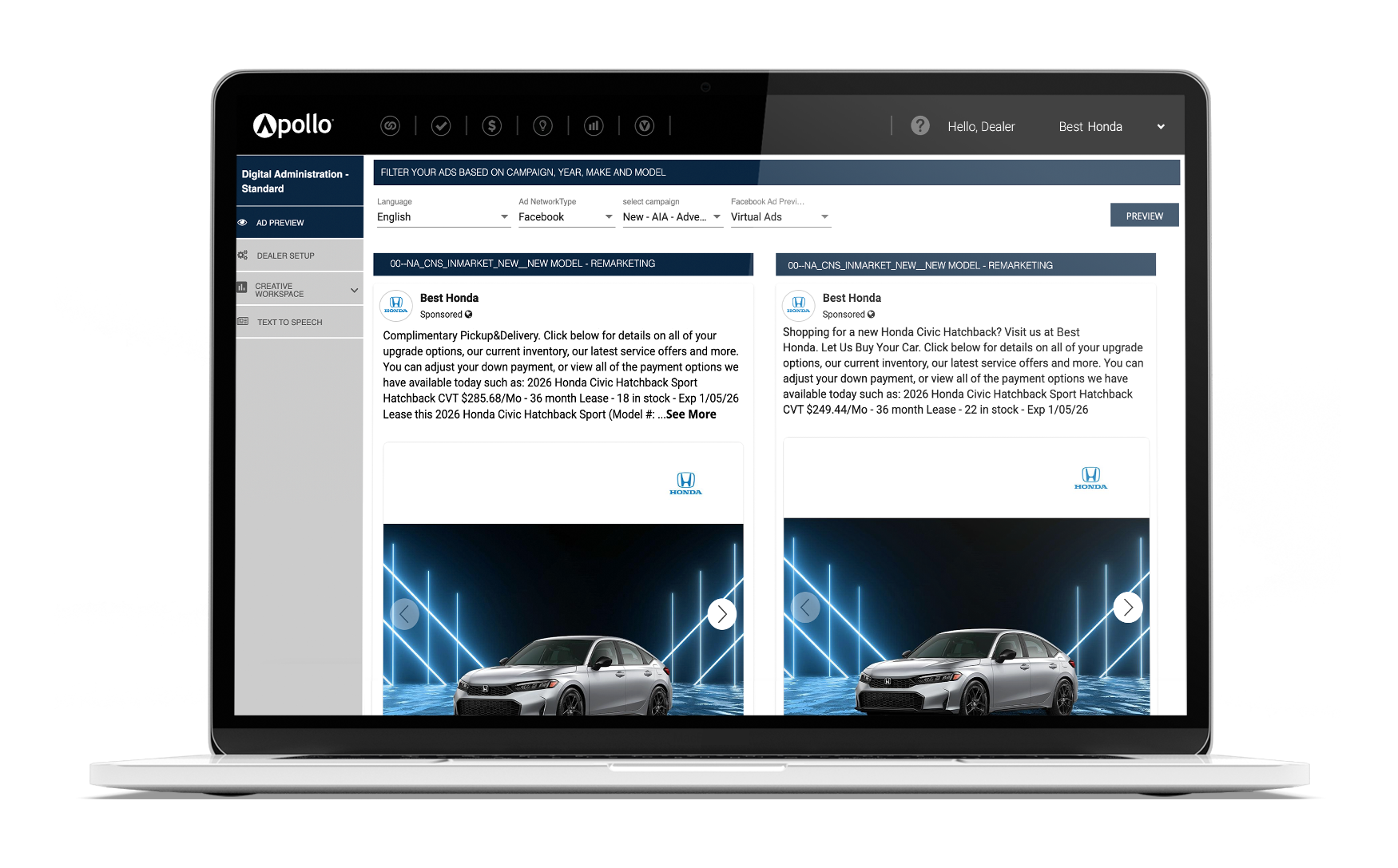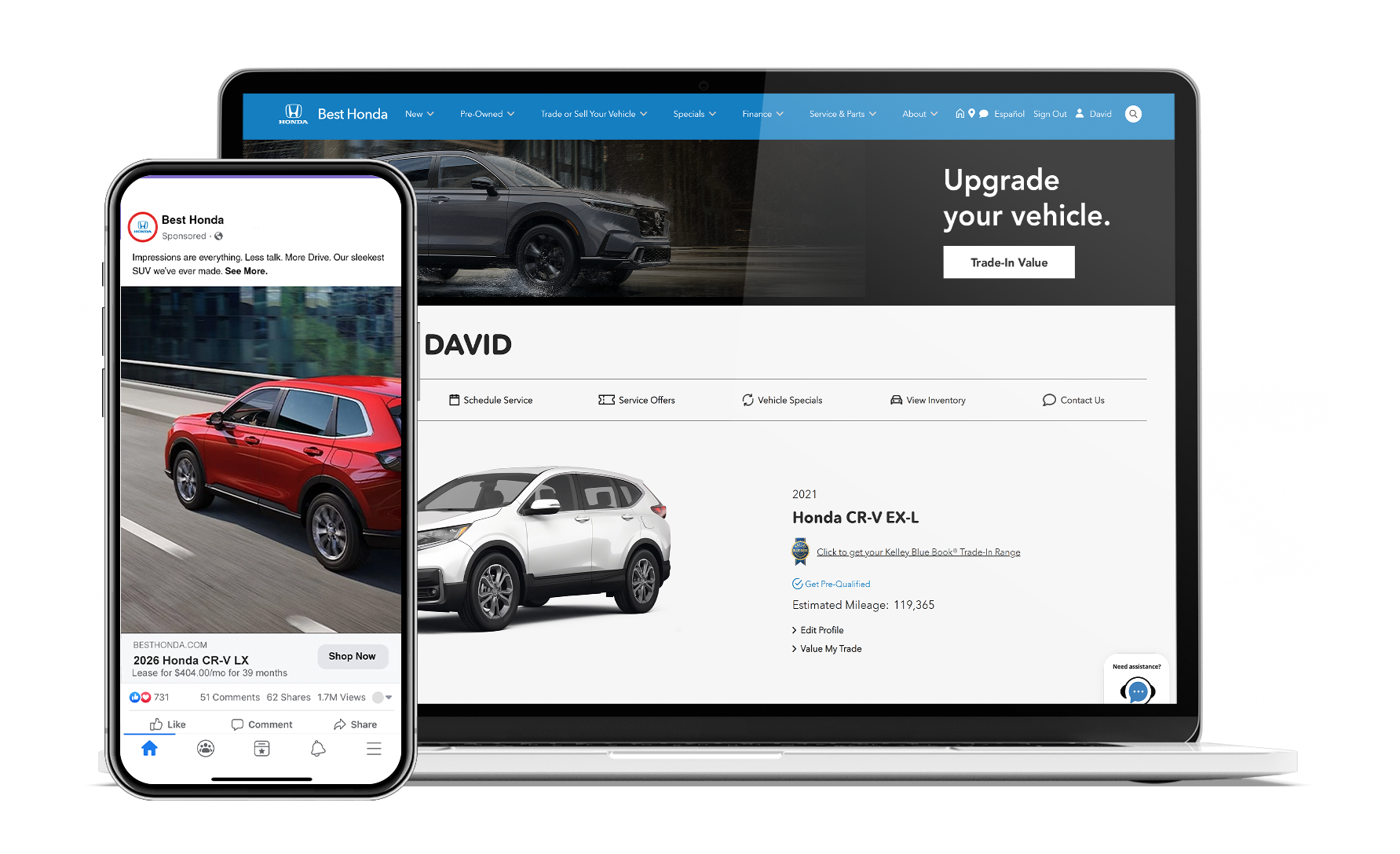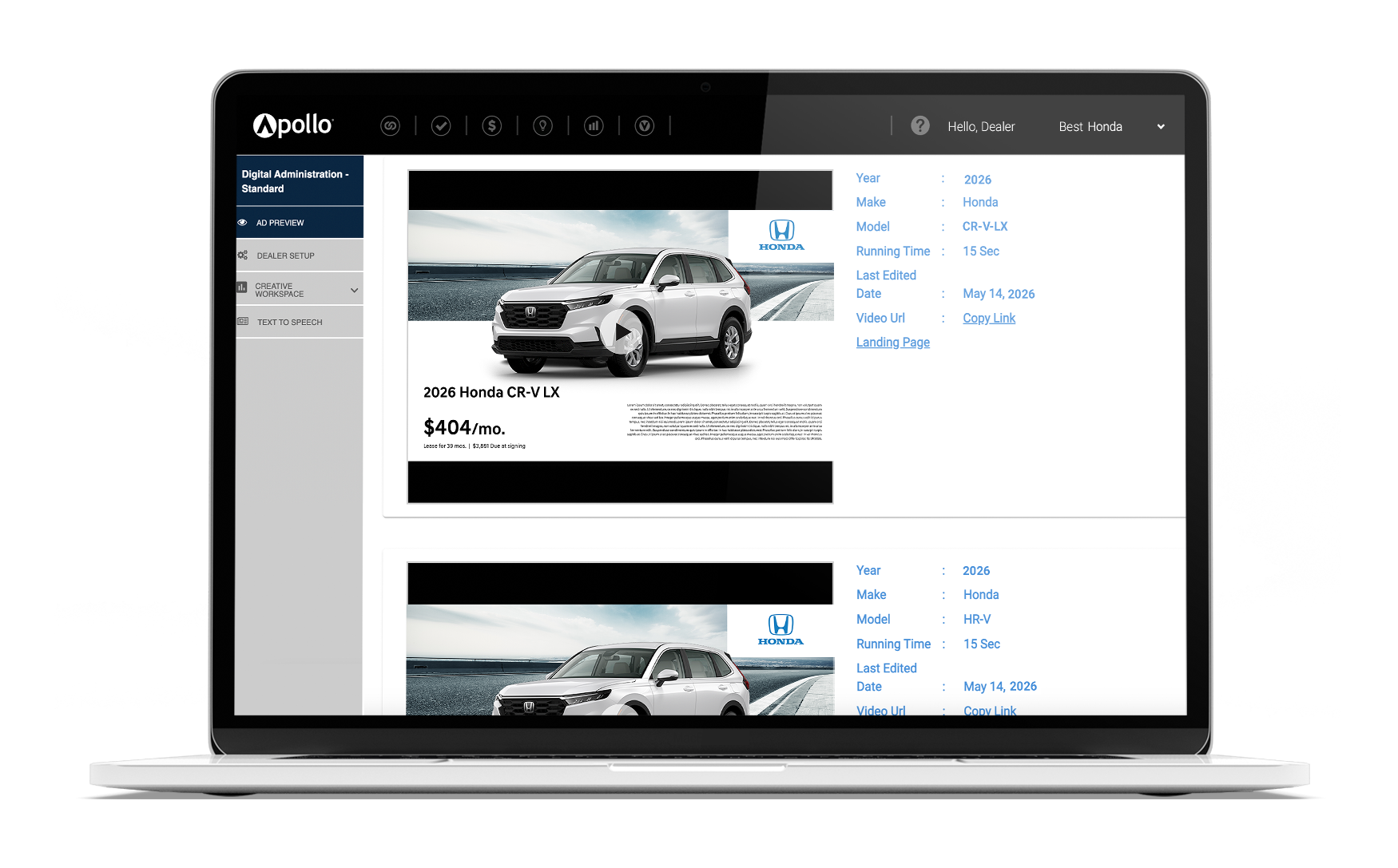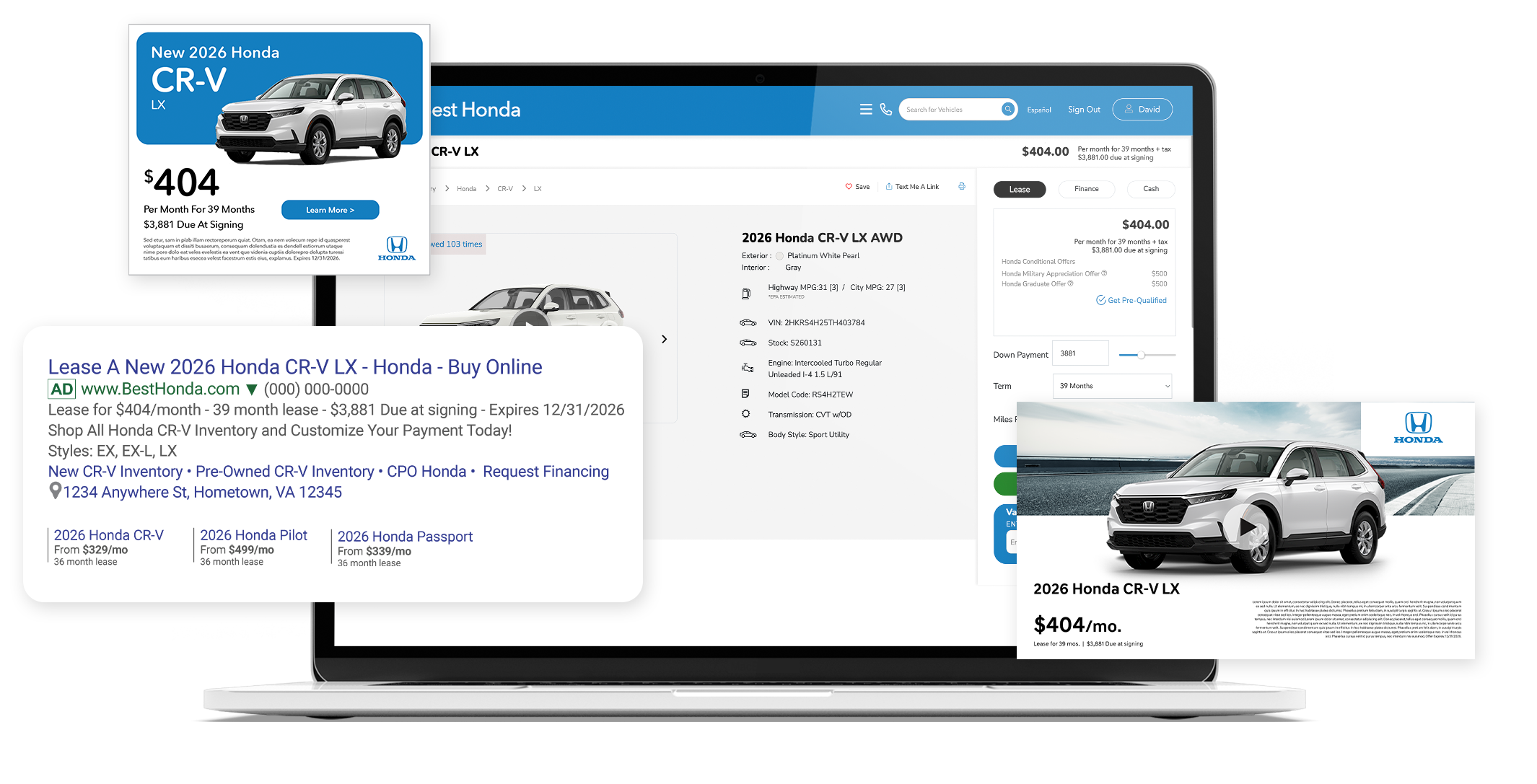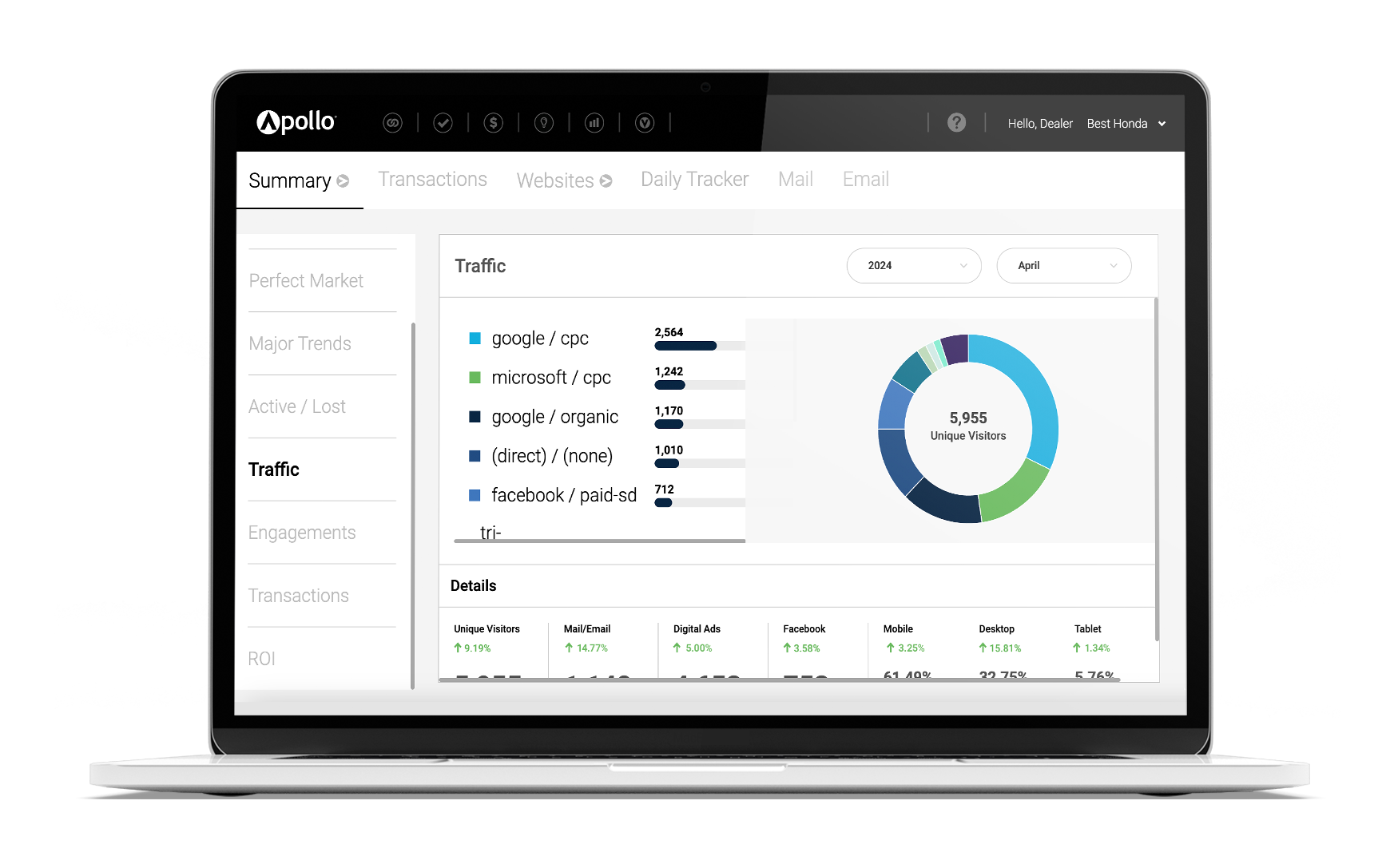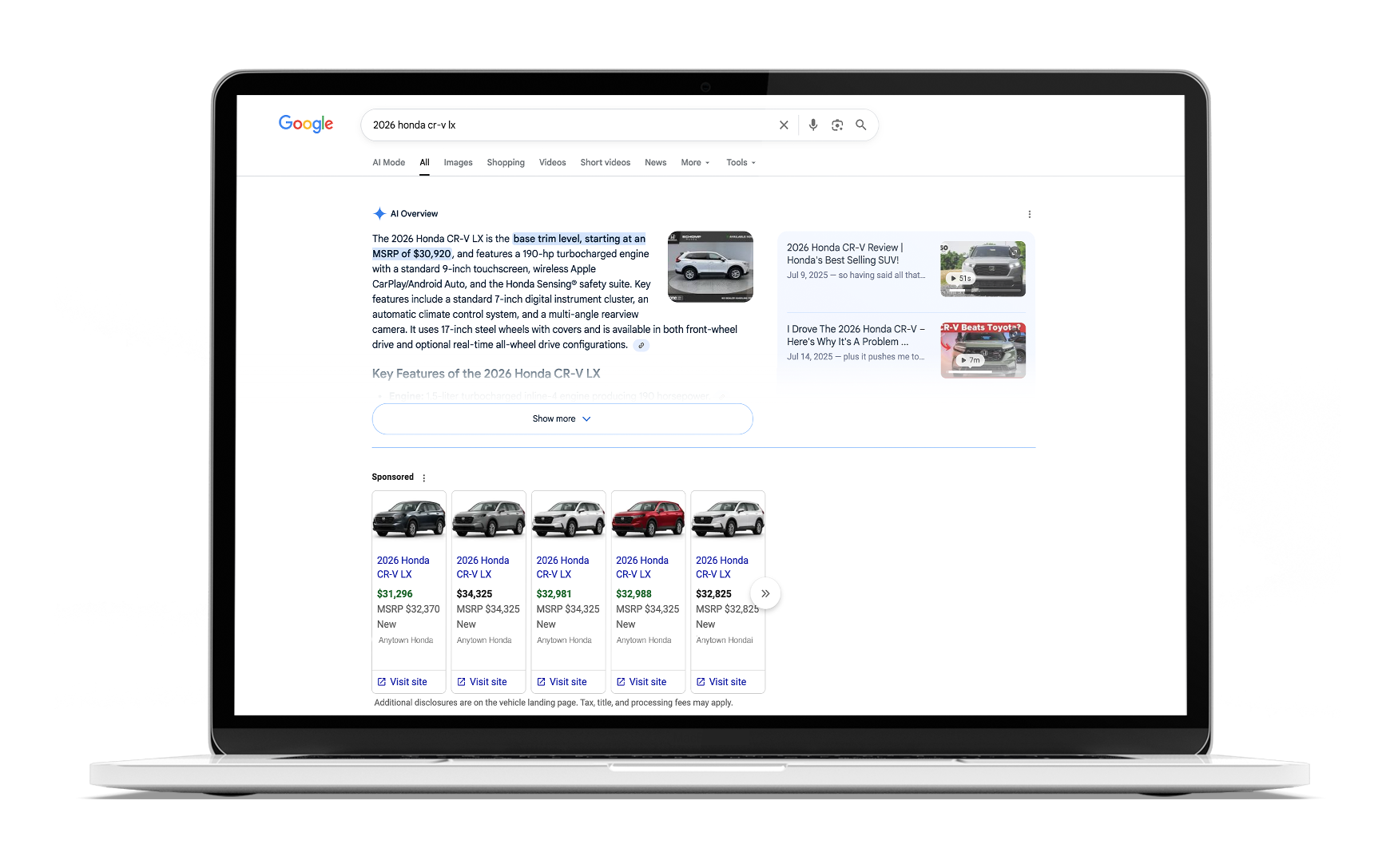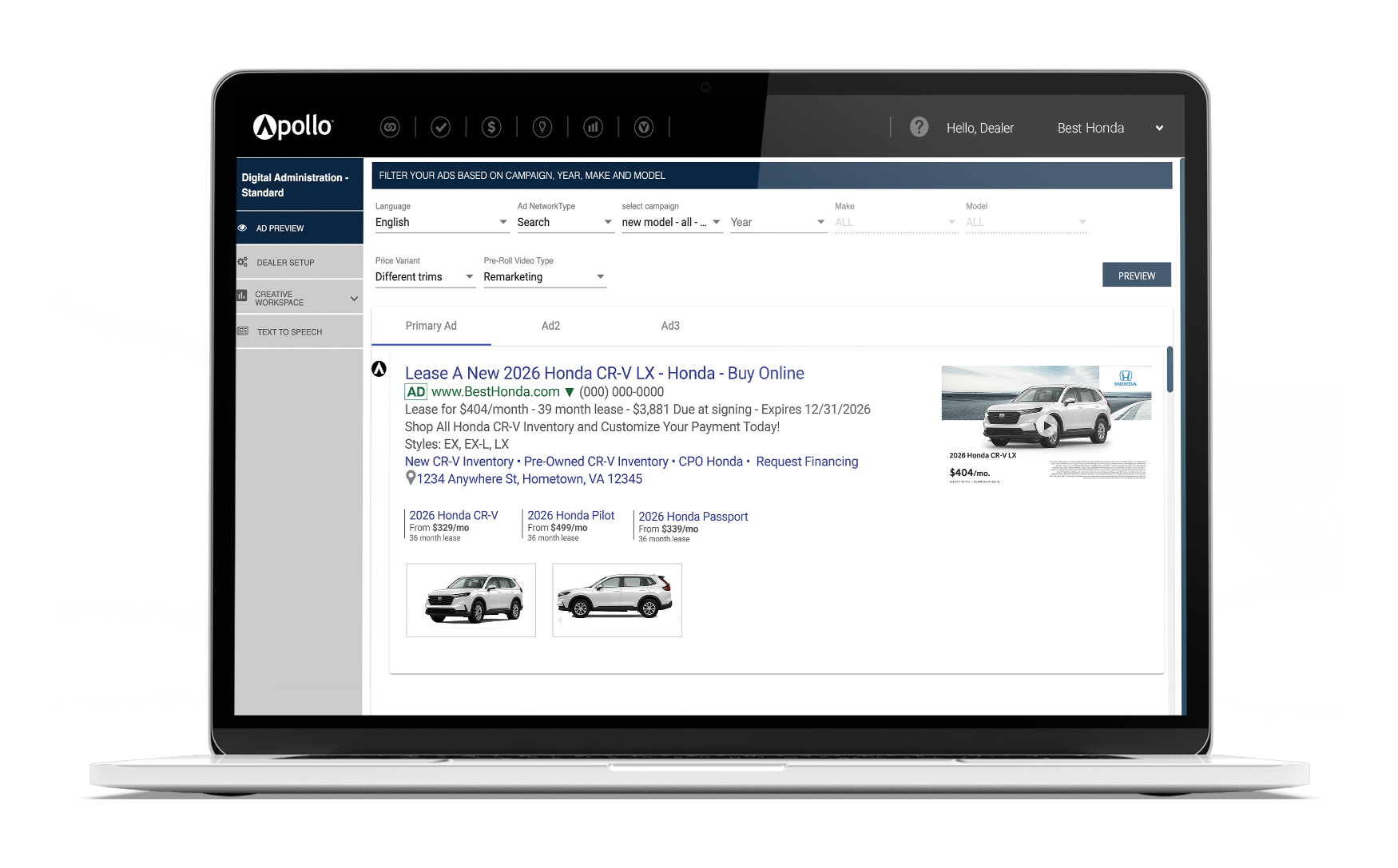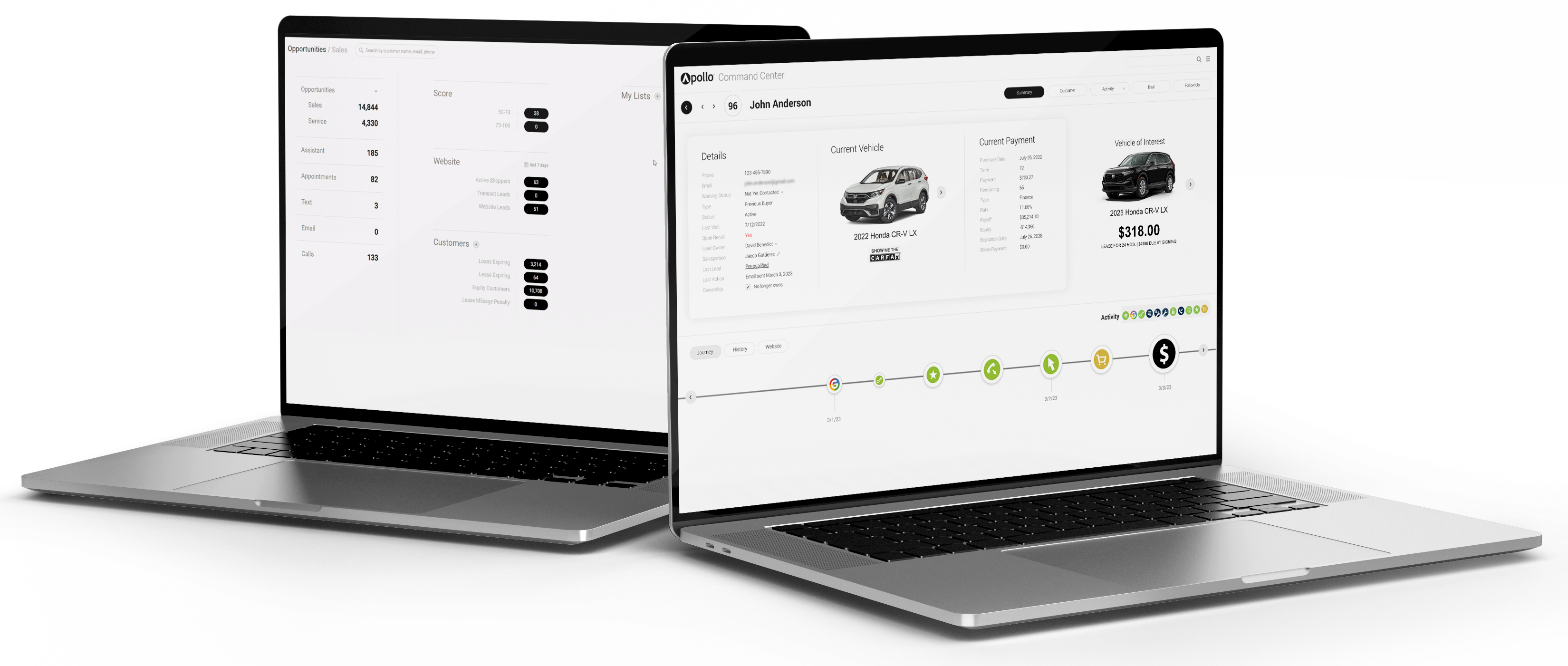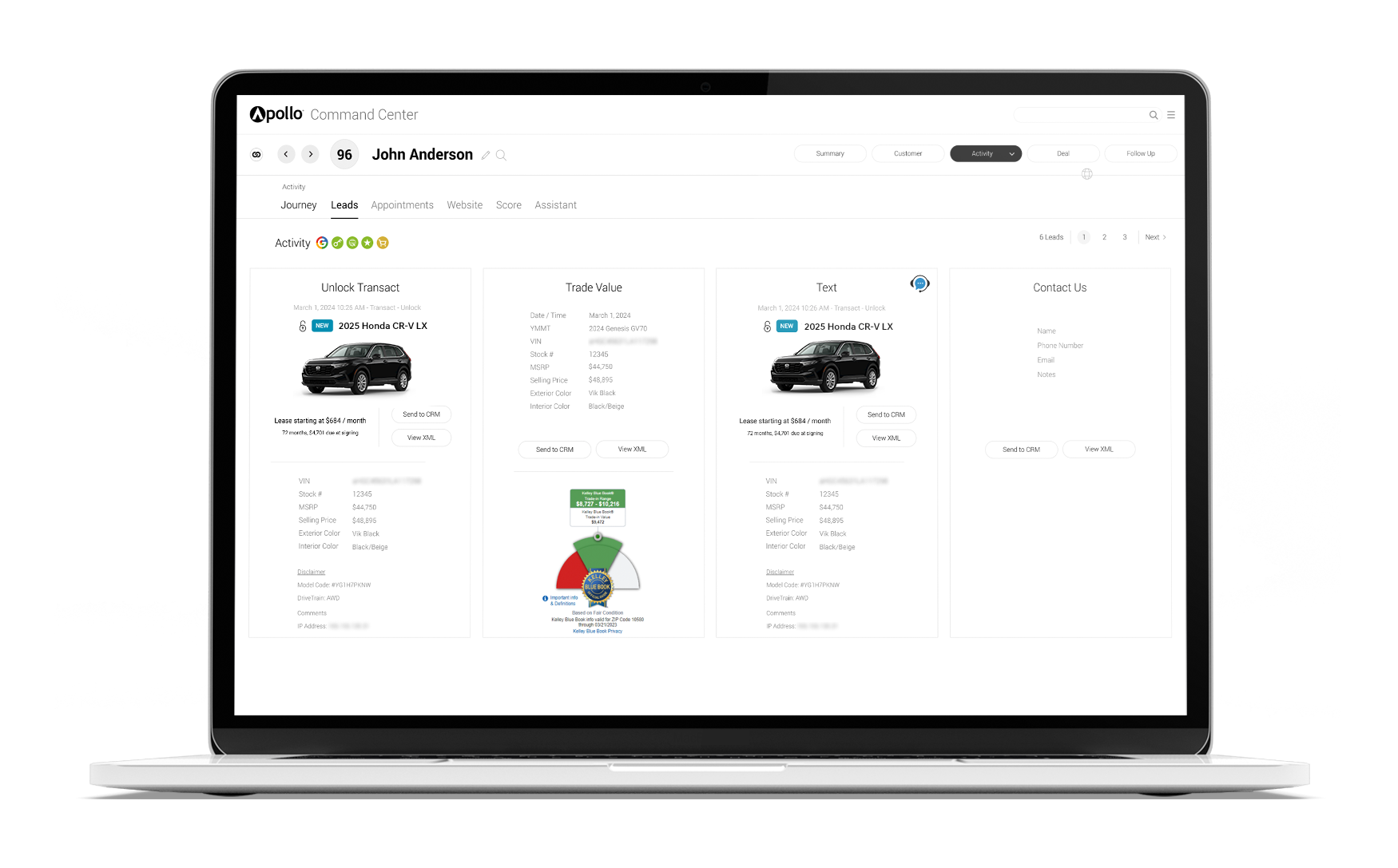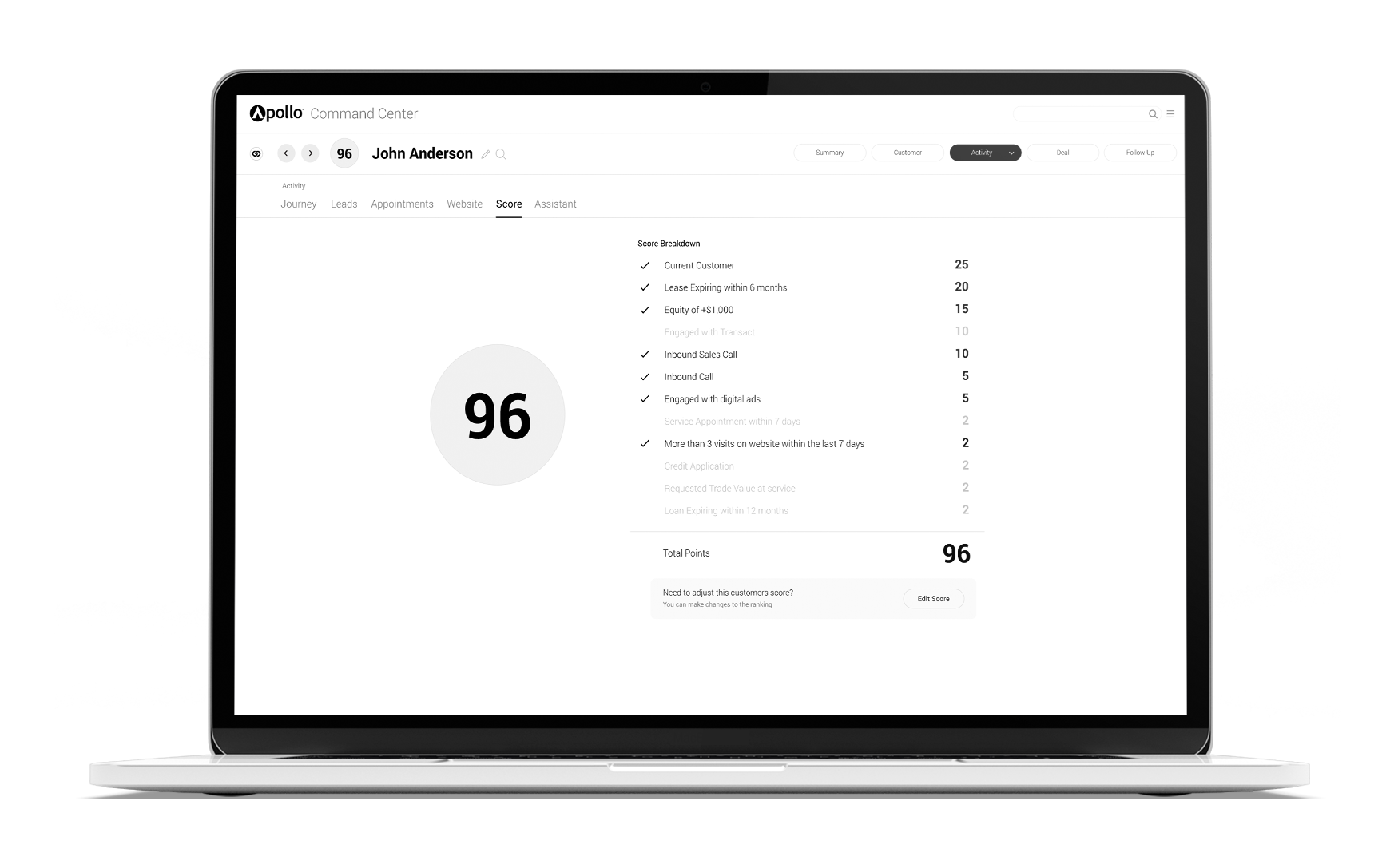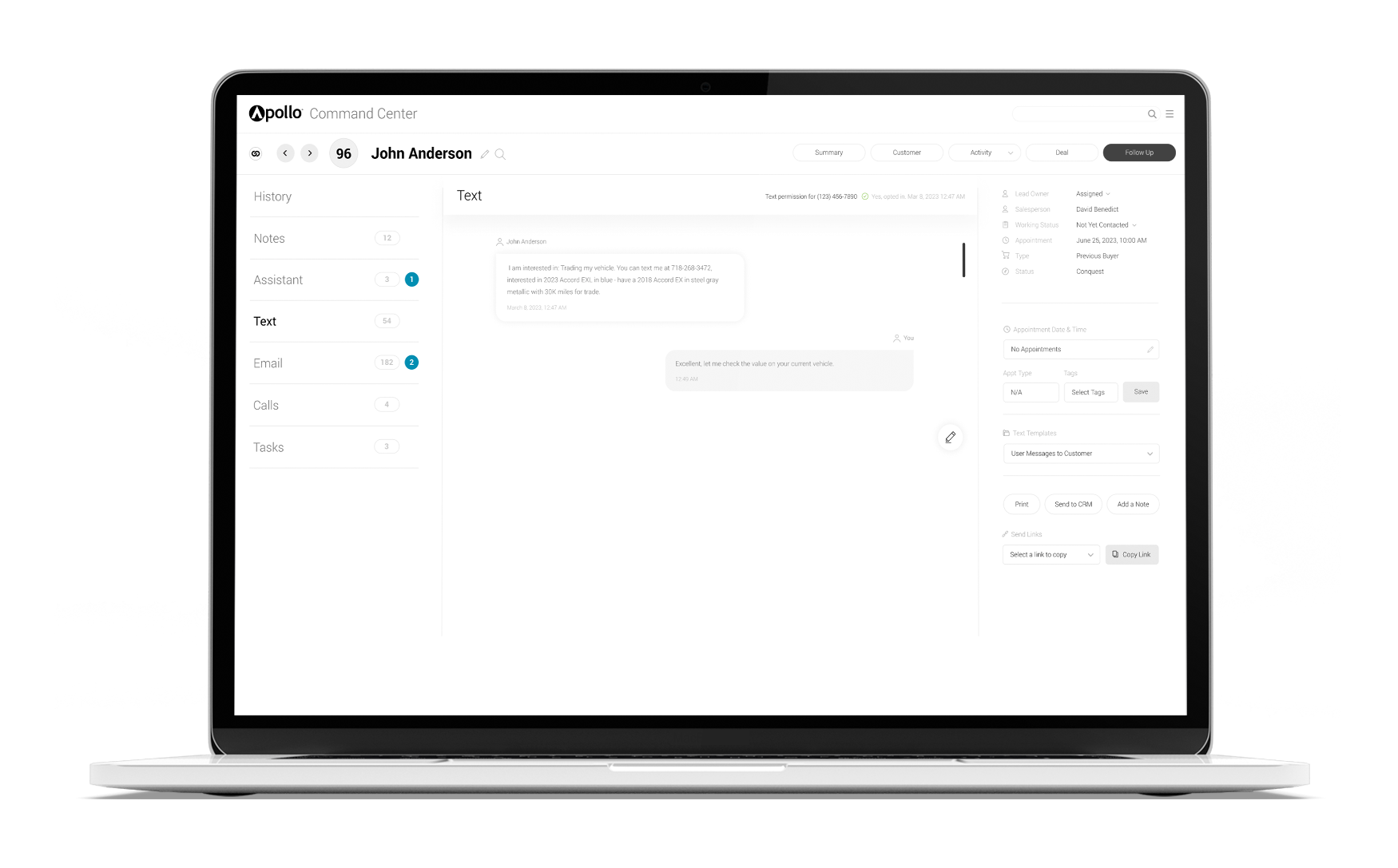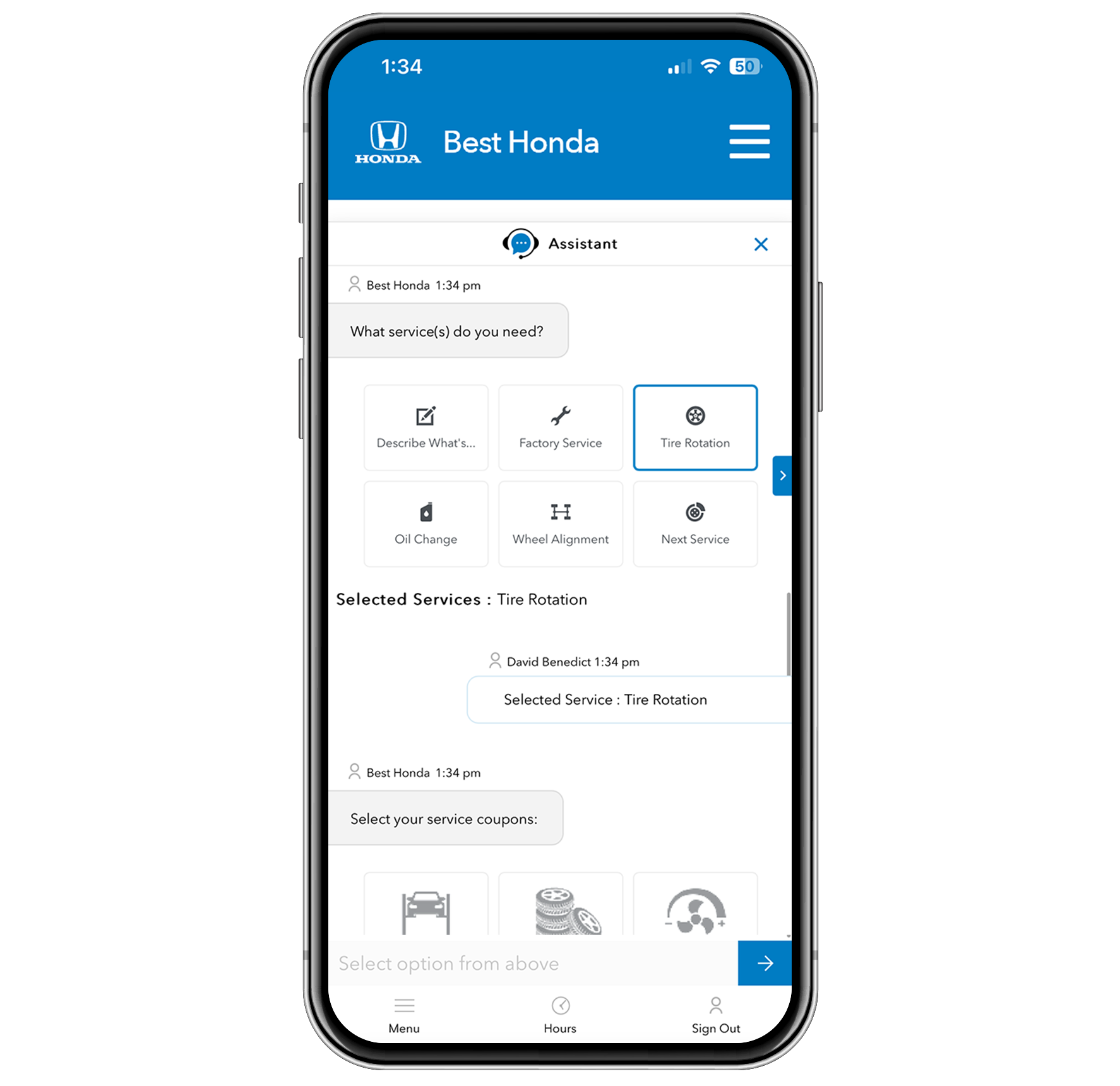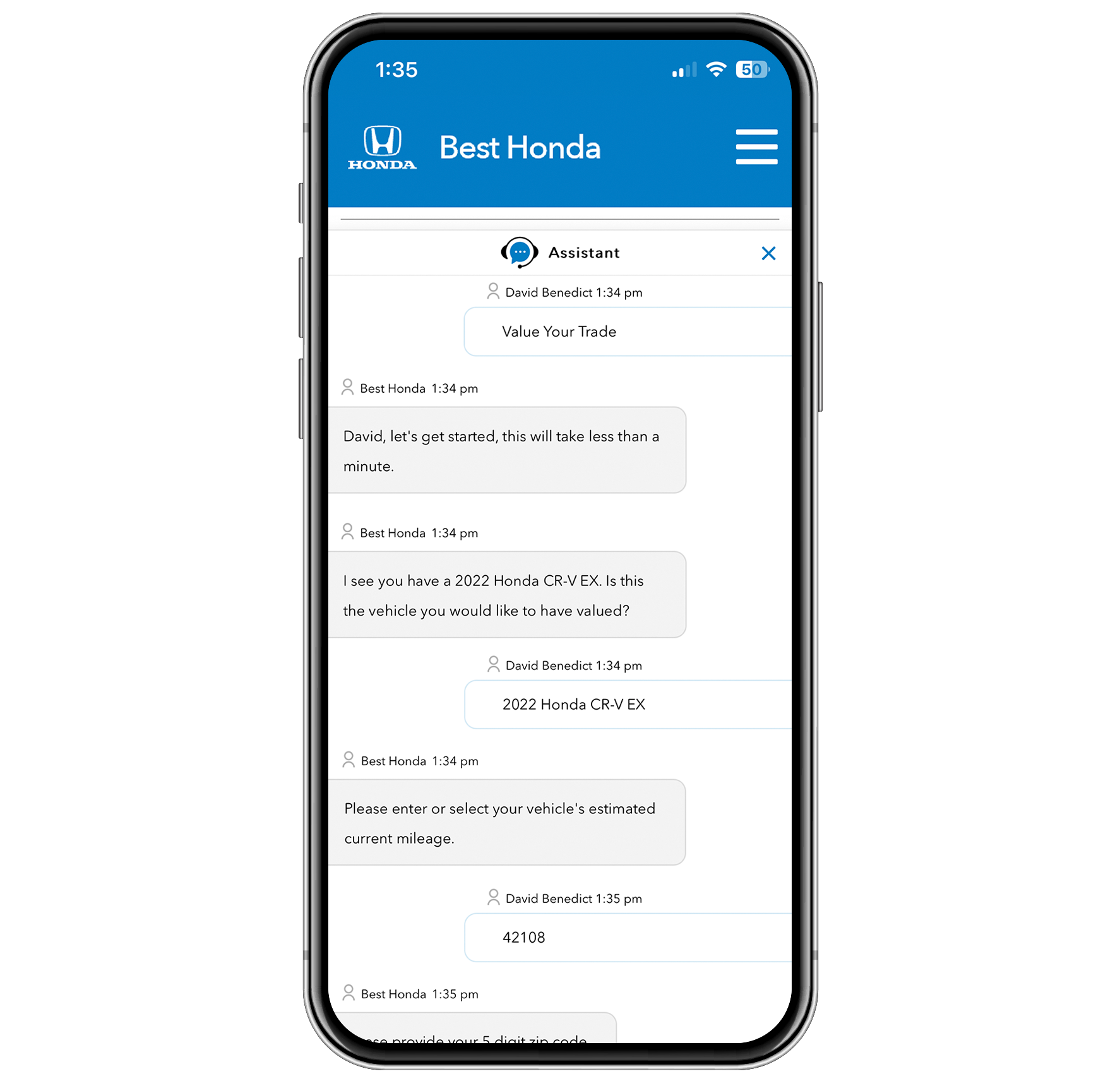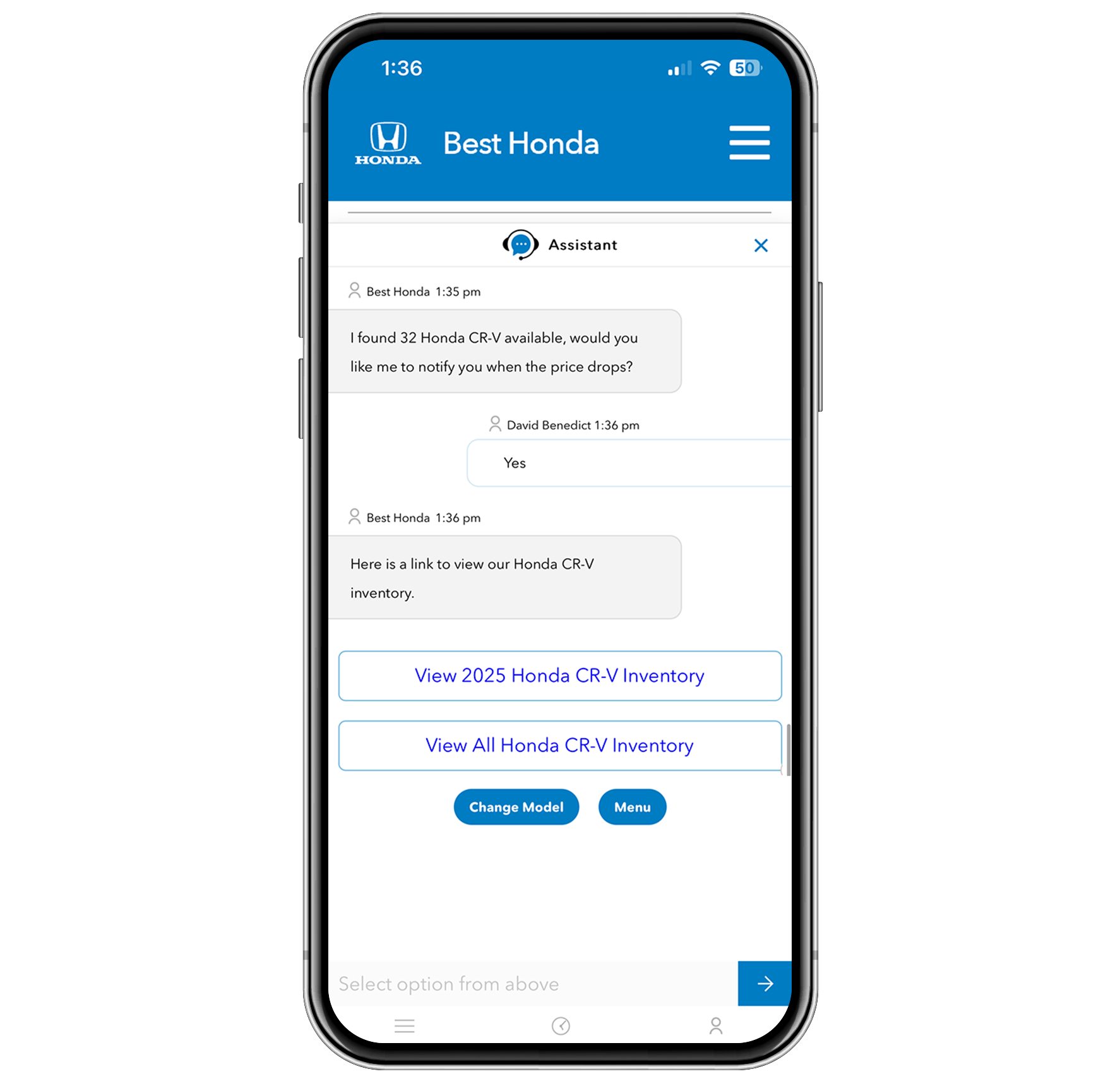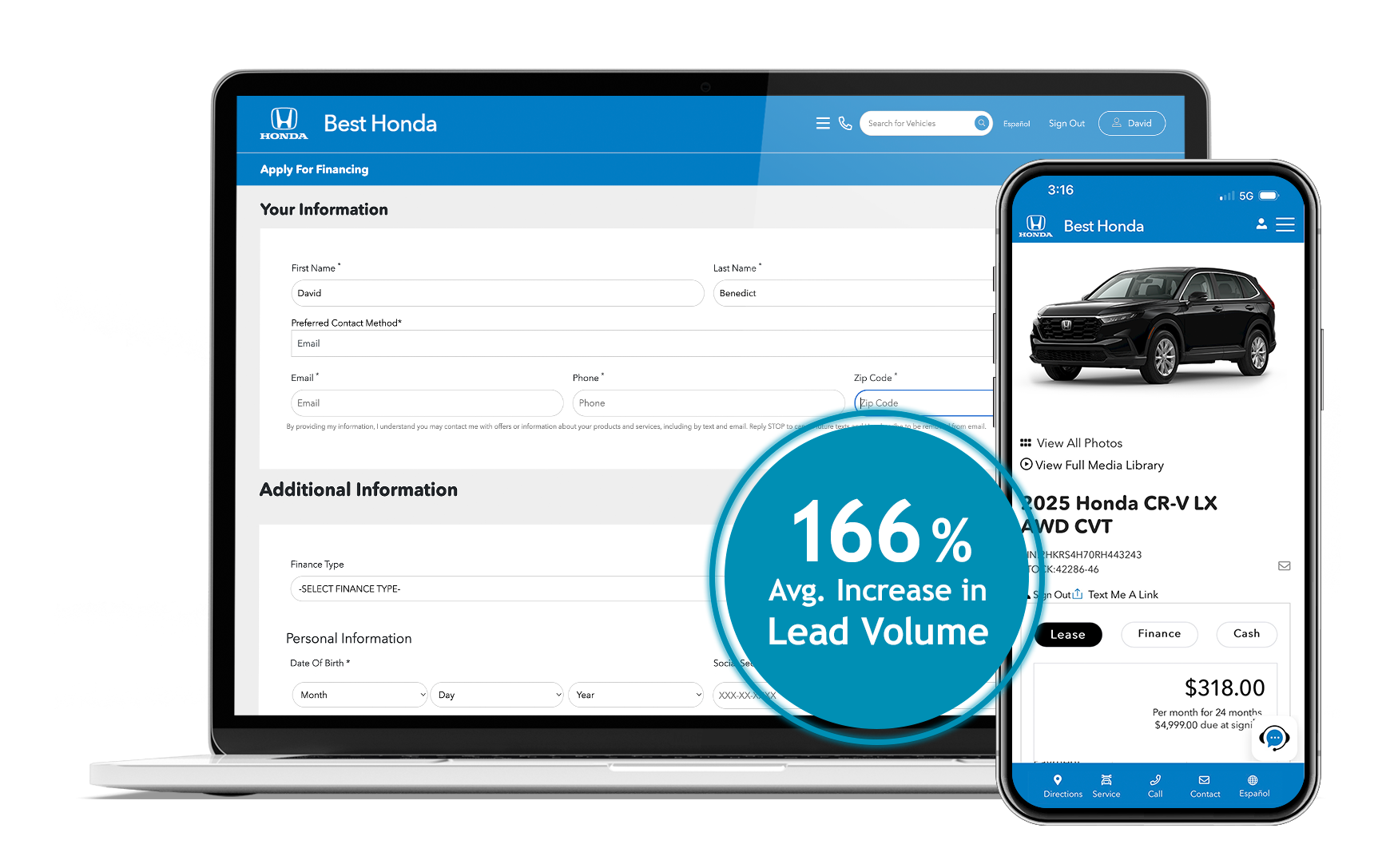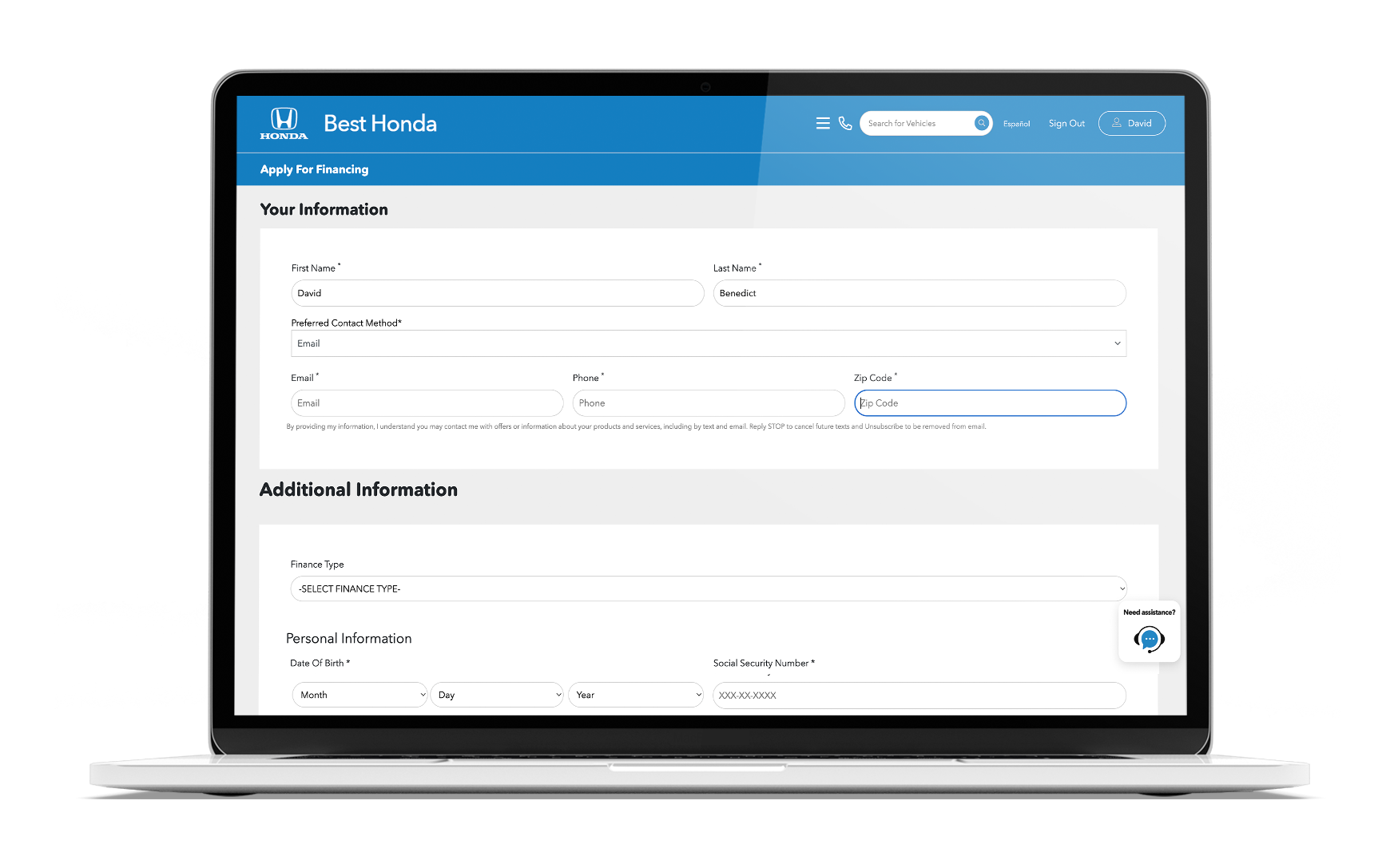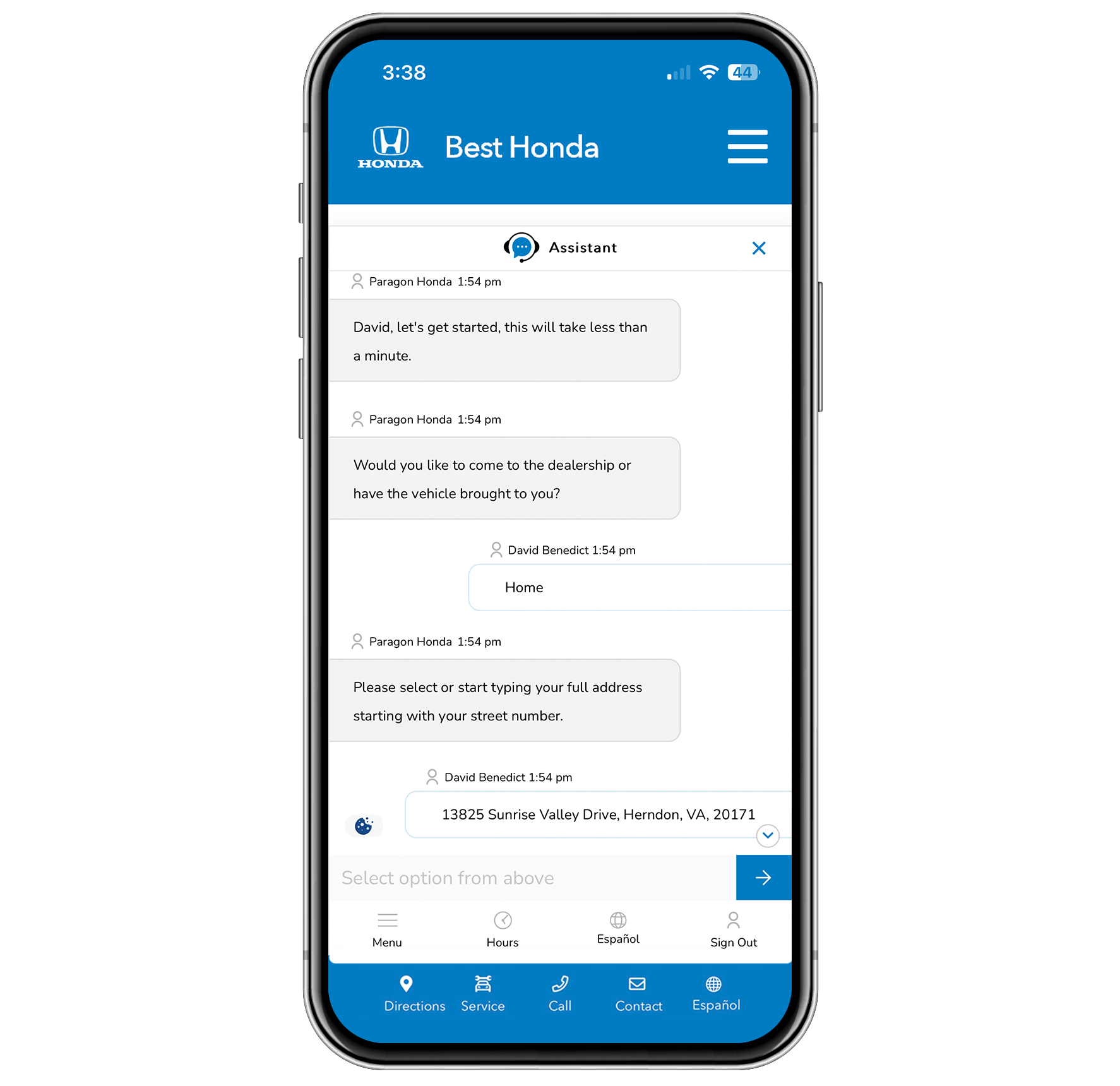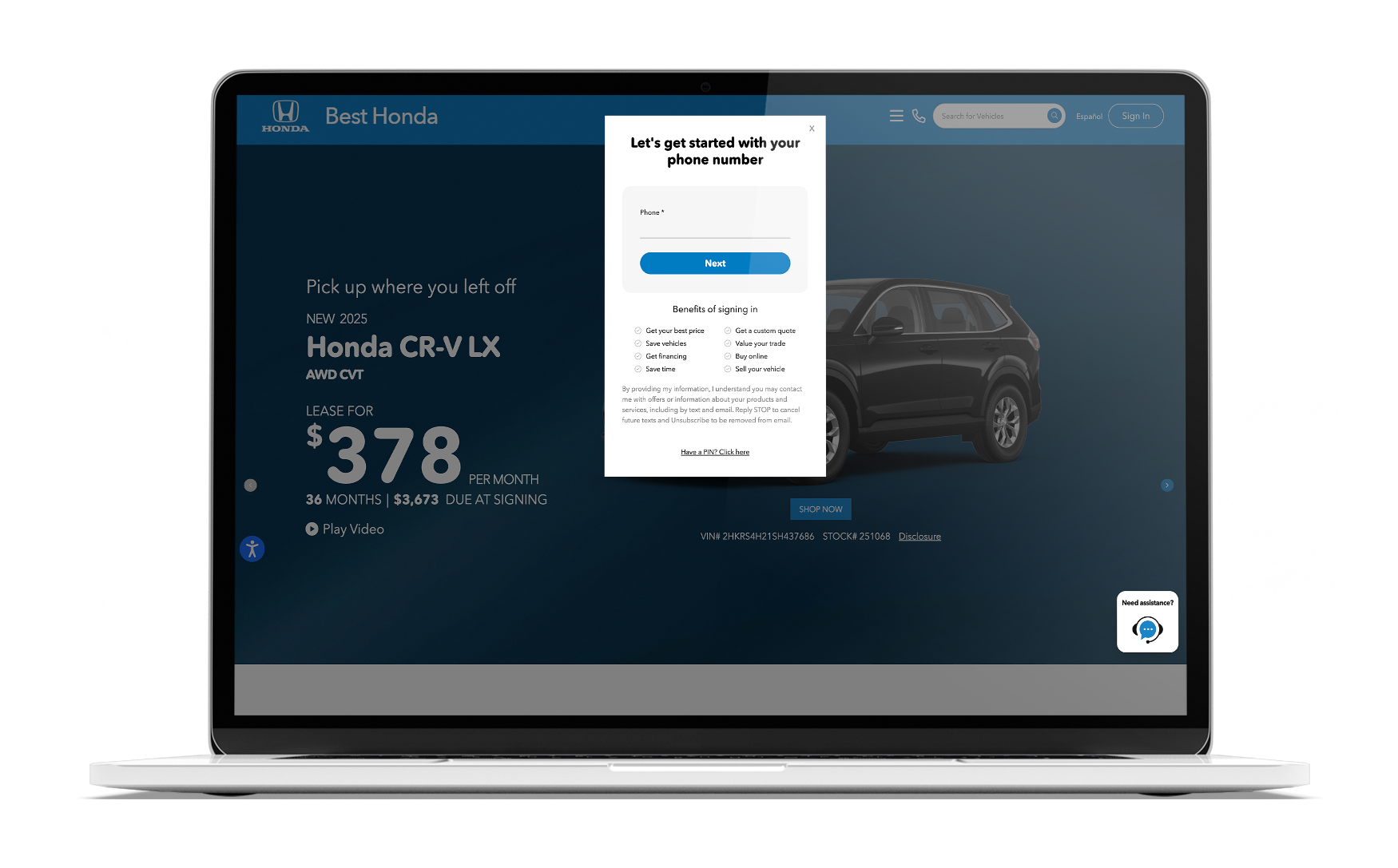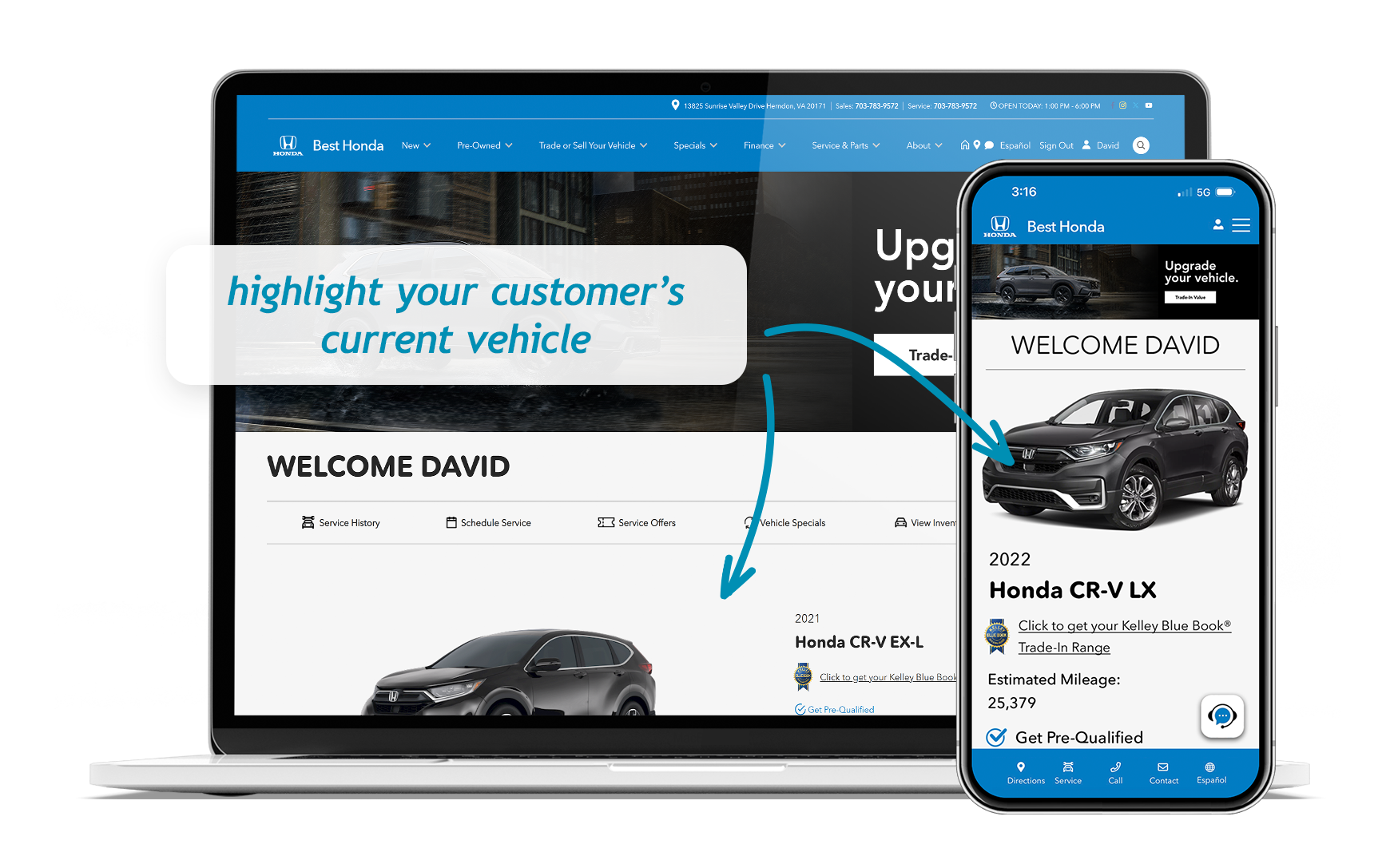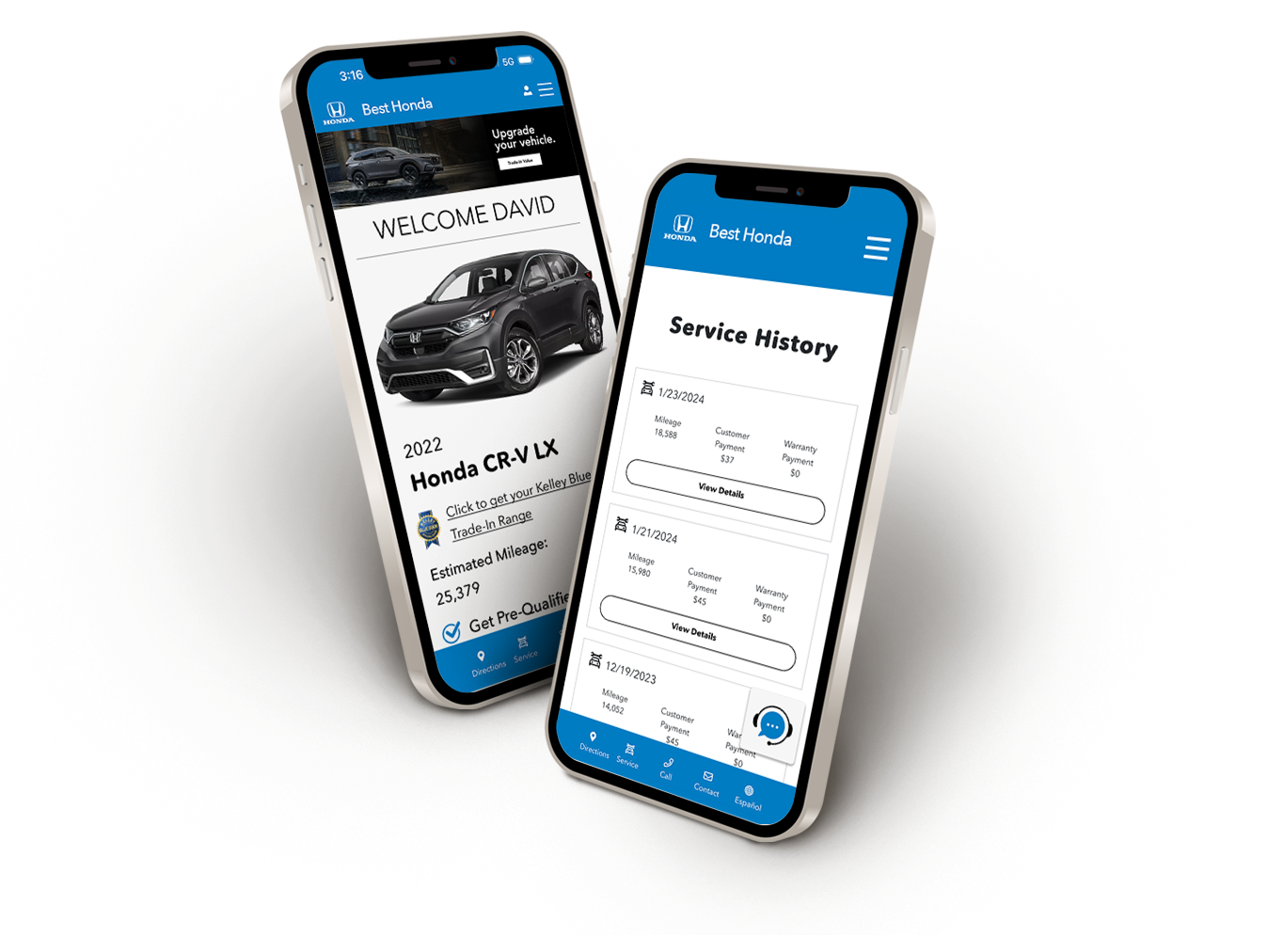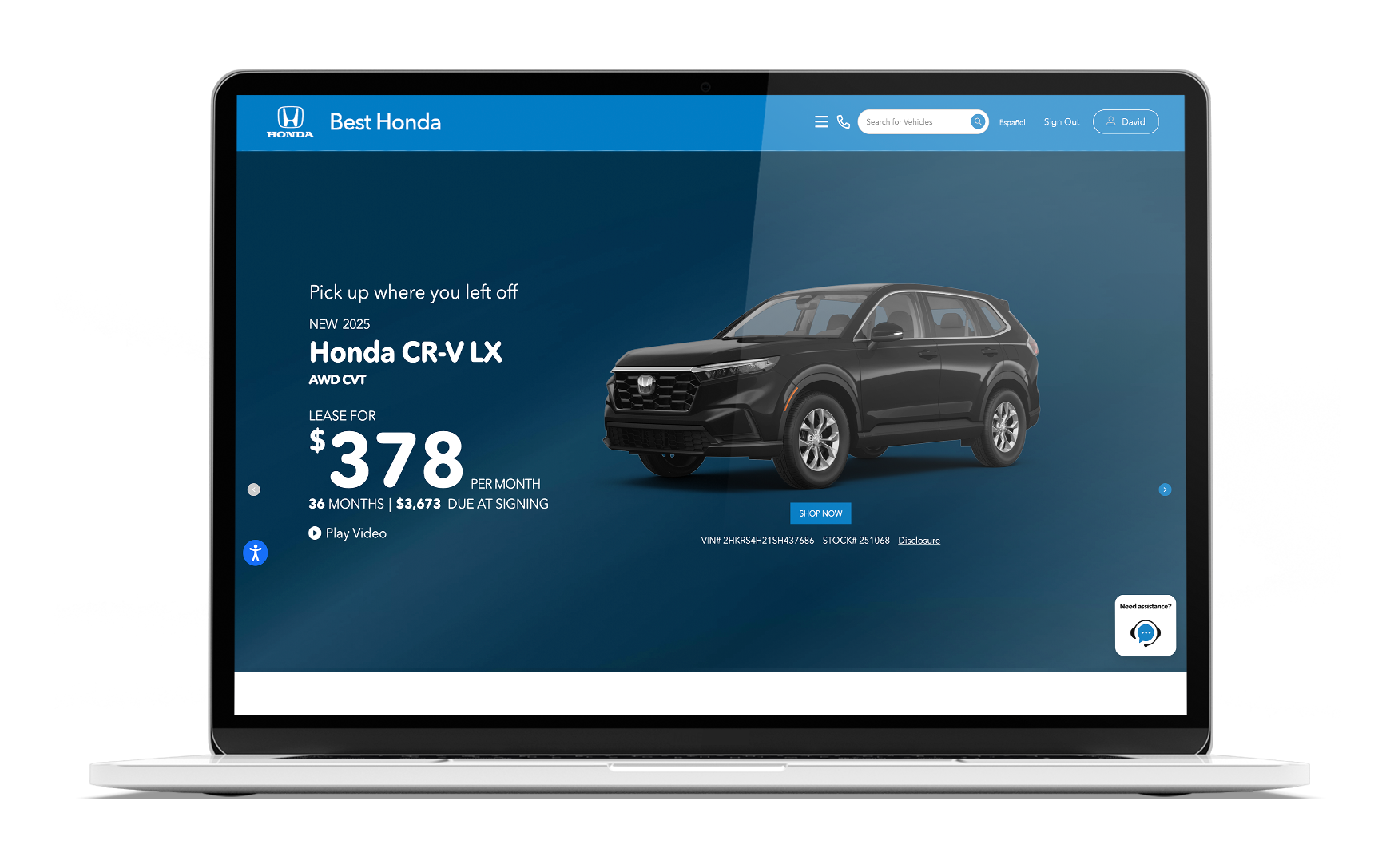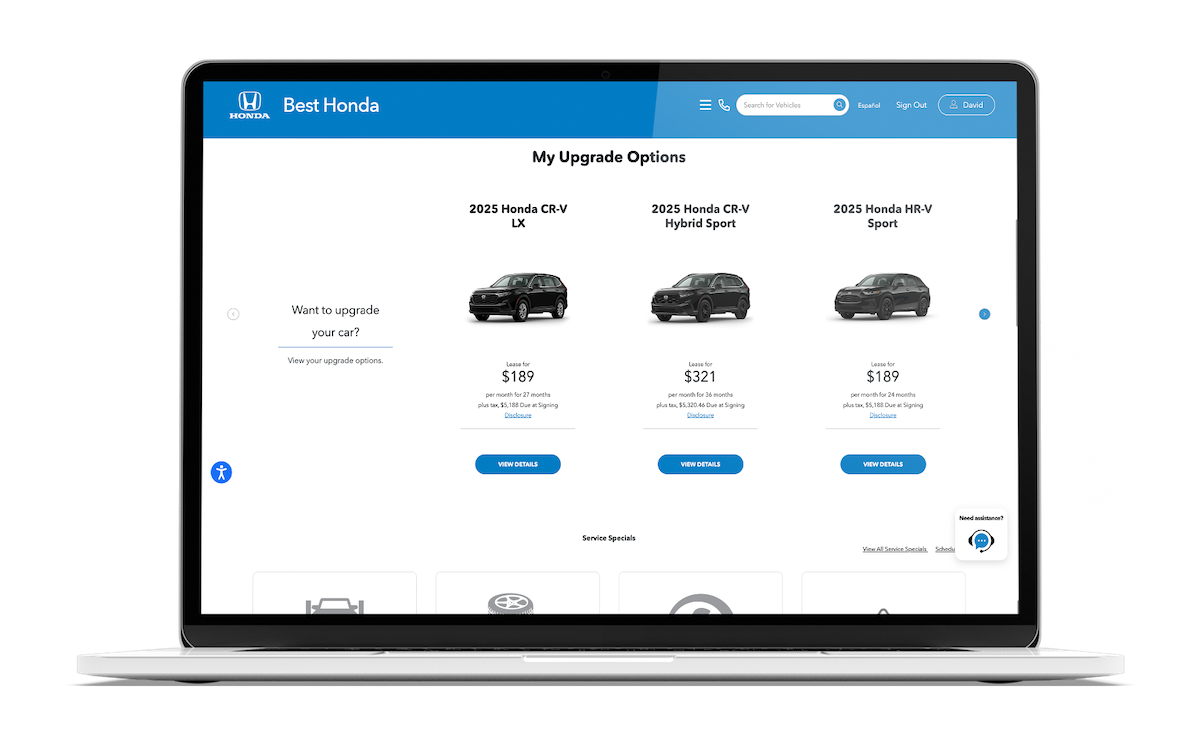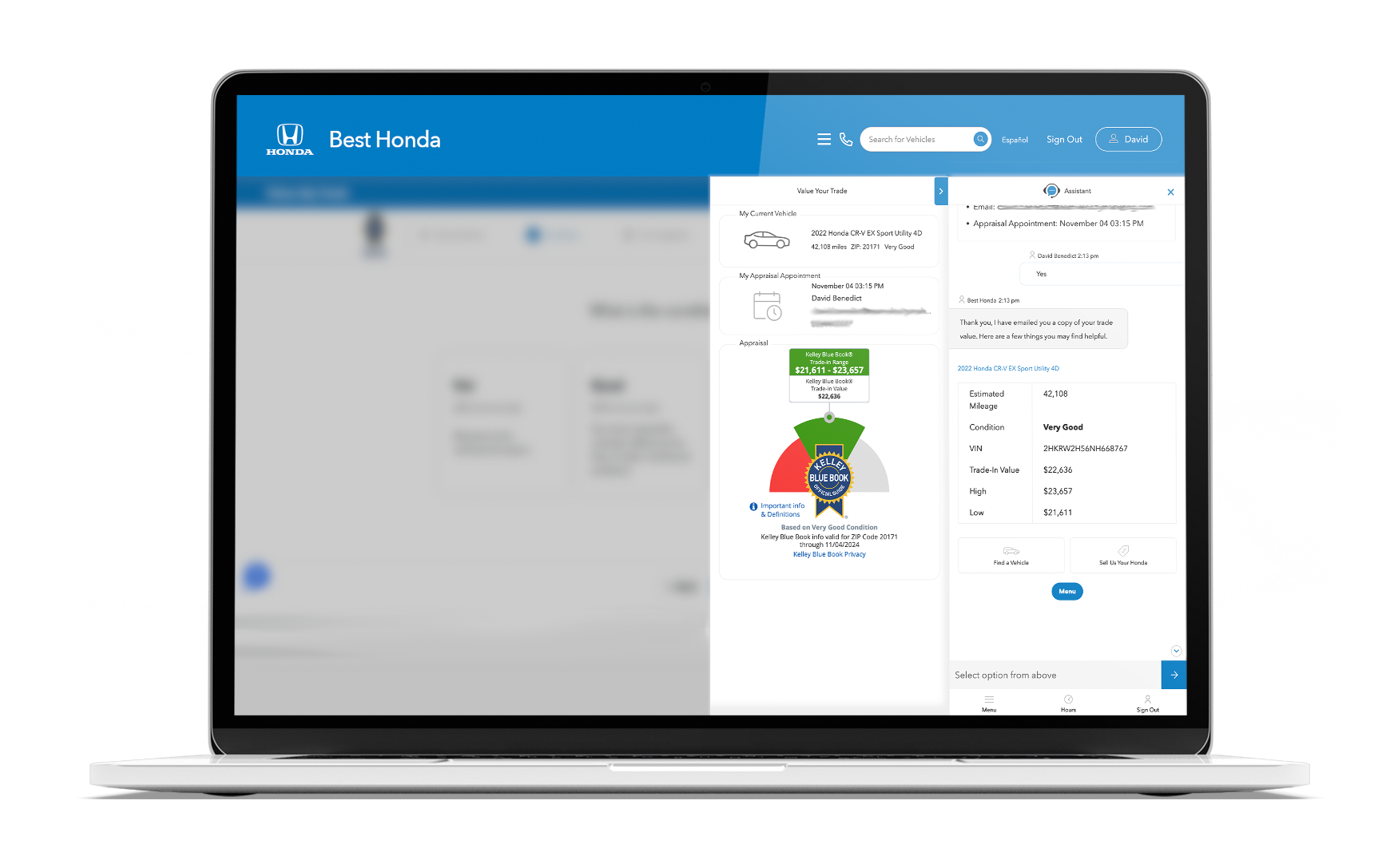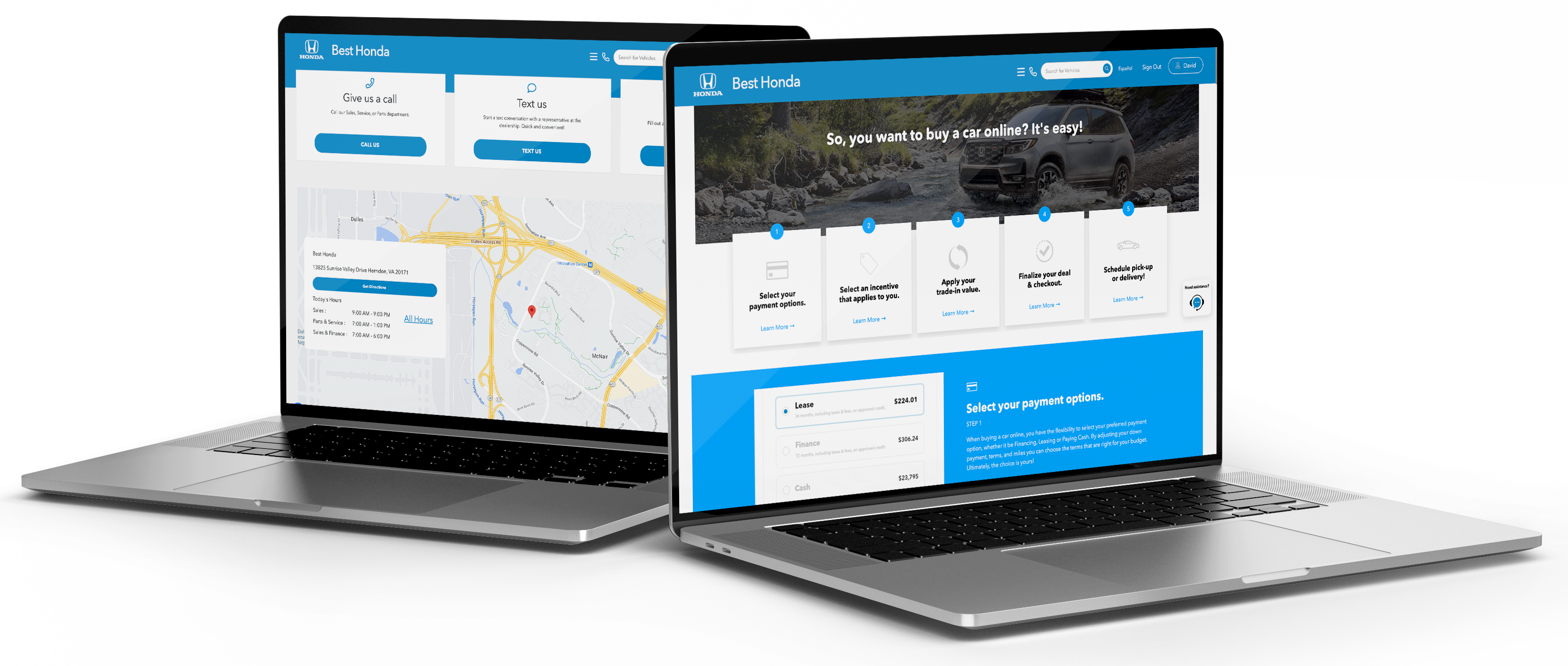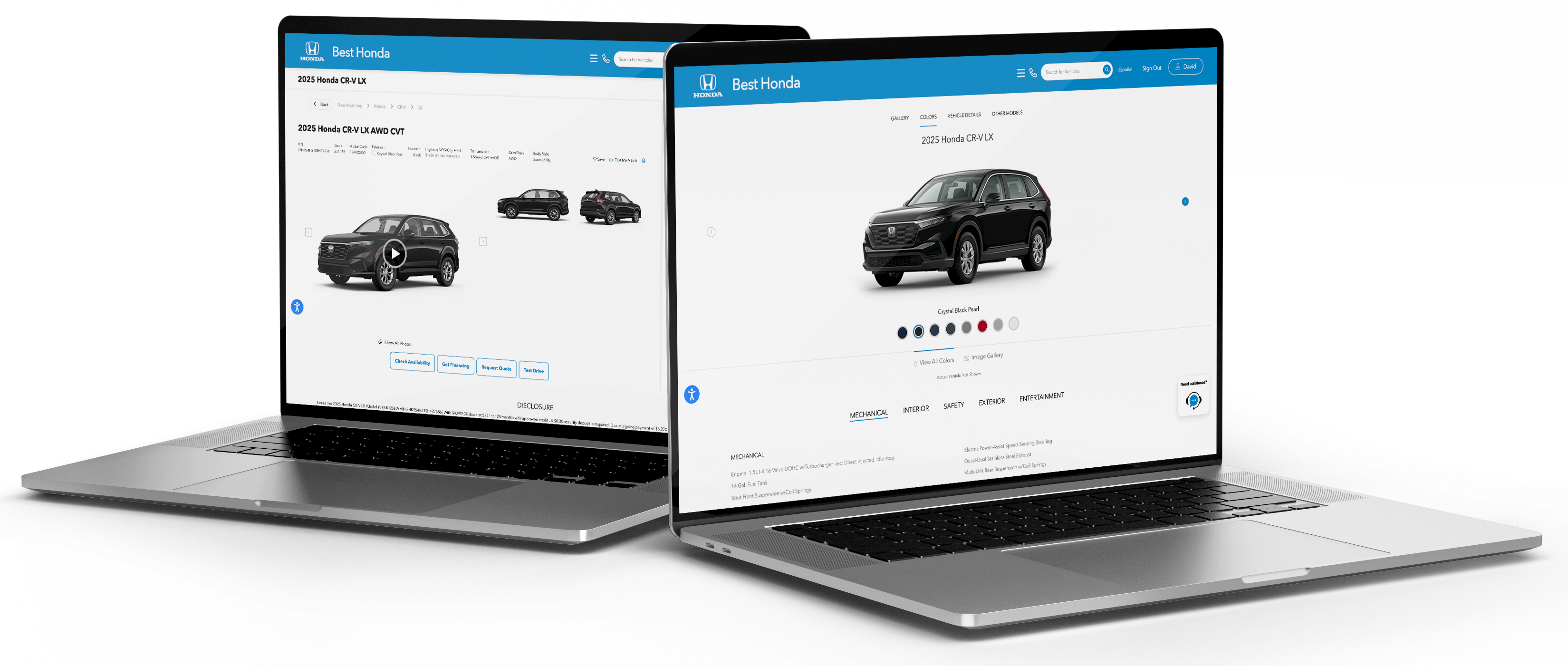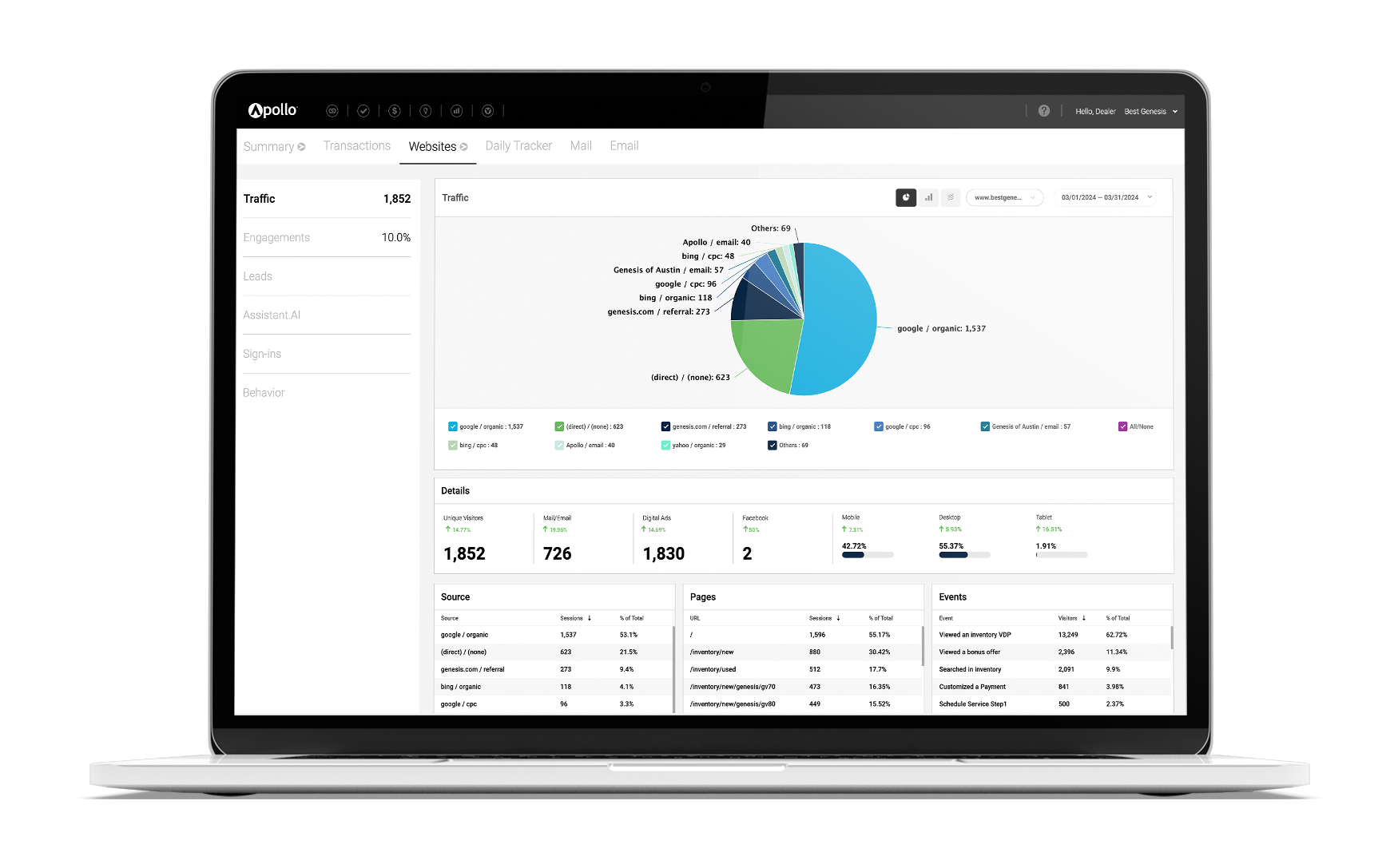Outpaced by Competitors? Here are the 3 Biggest Ways Data Integration Can Boost Your Business Performance
By David Boice, Co-Founder and CEO at Team Velocity
Over the past few decades, I’ve had the privilege of working closely with some of the largest and most progressive automotive retailers in the country. Across these experiences, businesses investing in robust data integration always seem to outperform and outmanoeuver their competitors.
The world moves fast—especially in automotive—and siloed data simply can’t keep up. Below are three specific insights on how data integration can transform organisational efficiency, drawn from my own observations and firsthand encounters from the evolving research around real-time business intelligence.
1. Data Integration Enhances Collaboration Across Teams
I often saw sales, service, and marketing departments guard their own “kingdoms” of data during my early days in the automotive space—financials in one silo, CRM insights in another, and marketing performance metrics in yet another. It wasn’t that people were unwilling to share; they simply lacked the technology to merge data streams seamlessly. Yet, when teams implement a unified, accurate view of the entire organisation, the walls crumble, and collaboration thrives.
In fact, a data-backed approach to teamwork—what some are calling the “science of collaboration”—indicates that teams perform better when each member has the same, updated information. It aligns their focus, eliminates duplicate efforts, and clarifies the bigger business objectives. In practical terms, when, say, a dealership’s sales managers see the same customer analytics as the service department, they can jointly strategise how to effectively re-engage customers for test drives or service appointments.
Essentially, data integration acts as a unifying force, ensuring everyone speaks the same language and works from a holistic customer view.
2. Real-Time Data for Smarter Decision-Making
In the automotive industry, we’ve long recognised that waiting days—or even hours—to see updated sales or service data could mean missing opportunities. However, real-time data is not just about tracking lead submissions, but also about understanding customer engagement and activity before a customer submits a lead. Today, customers expect rapid responses, whether they’re inquiring about an oil change or a new vehicle purchase. Without real-time data, we’re left reacting to yesterday’s challenges instead of today’s opportunities.
Why does real-time integration matter? Because it eliminates the lag between an event (in the case of our automotive clients, a shopper viewing a vehicle in inventory, clicking on a search ad, or calculating their hypothetical monthly payment) and the moment you act on it. One of the most impactful shifts I’ve seen is the emergence of automated triggers. For example, a spike in digital engagement can alert sales reps to potential buyers, or an increase in service-related searches can prompt immediate outreach.
Another key factor is real-time data hygiene related to vehicle ownership. Approximately 40% of the data in a dealer’s DMS is outdated, meaning the customer either no longer owns the vehicle or has moved permanently out of the market. This outdated data leads to wasted ad spend, as dealers continue targeting customers who are no longer relevant. By leveraging accurate, real-time ownership data, dealerships can optimize marketing spend, improve engagement rates, and ensure outreach efforts are directed toward the right audience.
The added payoff is strategic agility. With live dashboards at their fingertips, executives can spot trends, reallocate resources, and optimize pricing on the fly—without the guesswork that comes from stale data. Especially in industries rife with volatility (and let’s face it, automotive definitely qualifies), this real-time insight can be the key differentiator between teams that react slowly and those that continually outpace the market.
3. Scaling for Success—Long-Term Business Efficiency
When organisations start small, it’s tempting to keep data management informal—spreadsheets here, PDF reports there. But as you grow, these patchwork solutions turn into bottlenecks. Our team has witnessed companies (or competitors) stall out because they didn’t scale their data strategy early enough. Growth means more customers, more transactions, and more teams needing to coordinate in real-time.
With a unified system, repetitive tasks can be automated to reduce inevitable human errors that arise when someone manually transfers data from one platform to another. On top of that, as the volume of data increases, integrated processes can adapt more smoothly.
Comprehensive data views also give leadership the opportunity to identify patterns across entire customer journeys. Instead of piecemeal analytics—service usage in one report, marketing response in another—they gain insights spanning the entire lifecycle.
Ultimately, when data flows seamlessly and at scale, you can focus on refinement rather than firefighting. The organisation becomes more proactive and systematic, which frees up teams to pursue innovation instead of untangling outdated processes.
Building Agility and Collaboration Through Thoughtful Data Integration
Although technology has made data more accessible than 15 years ago, technology alone is definitely not a silver bullet. The best results occur when leadership commits to integrating data thoughtfully, aligns teams around shared information, and encourages a data-driven mindset. In the automotive retail space—and virtually every other competitive industry—those leveraging data integration can noticeably reduce inter-department friction and lay the groundwork for scalable, long-term success.
If I’ve learned one thing in my years at the intersection of technology and automotive, it’s that efficient data integration is now the backbone of agility, collaboration, and growth—one that will future-proof any organisation willing to invest in it.
Source: Business Business Business



















